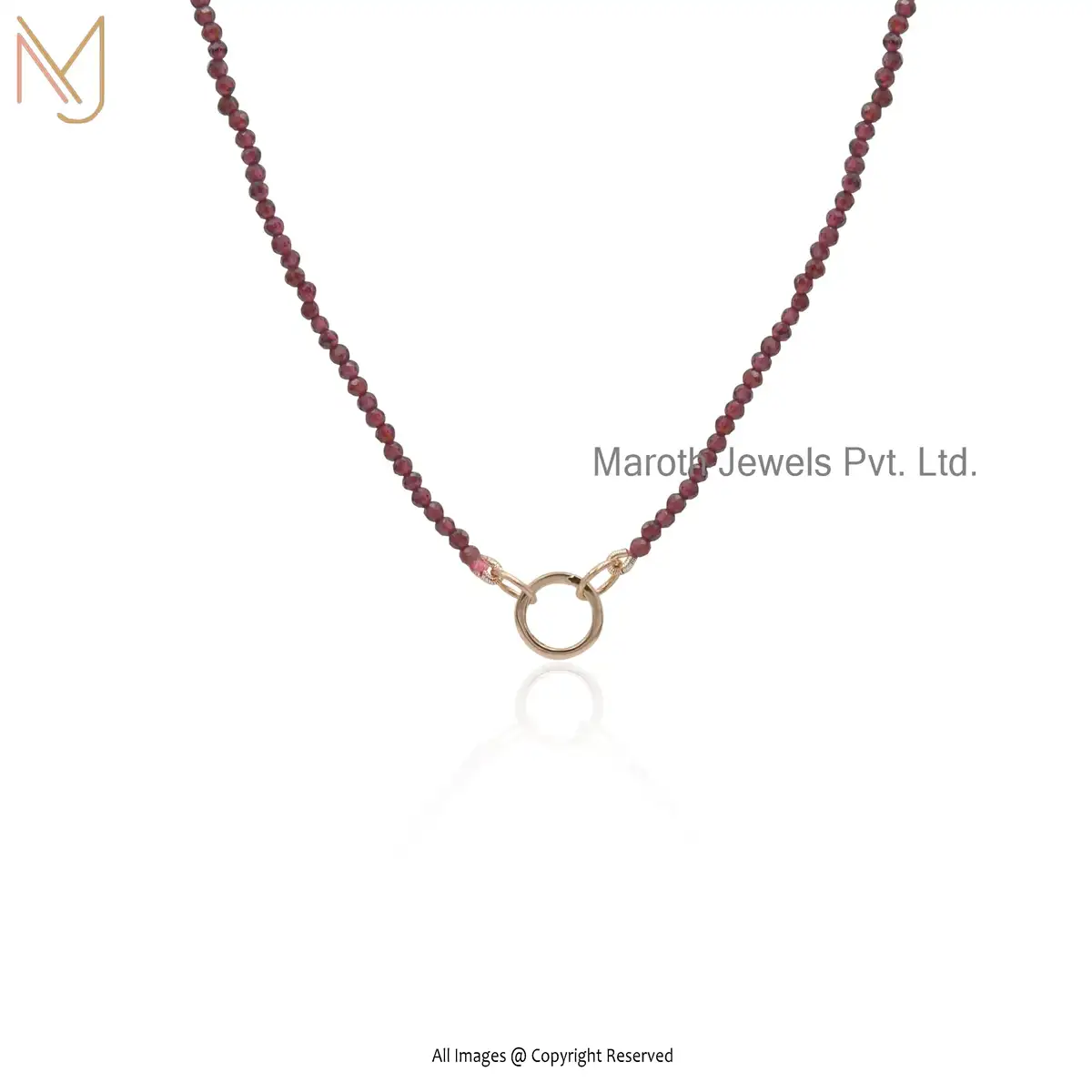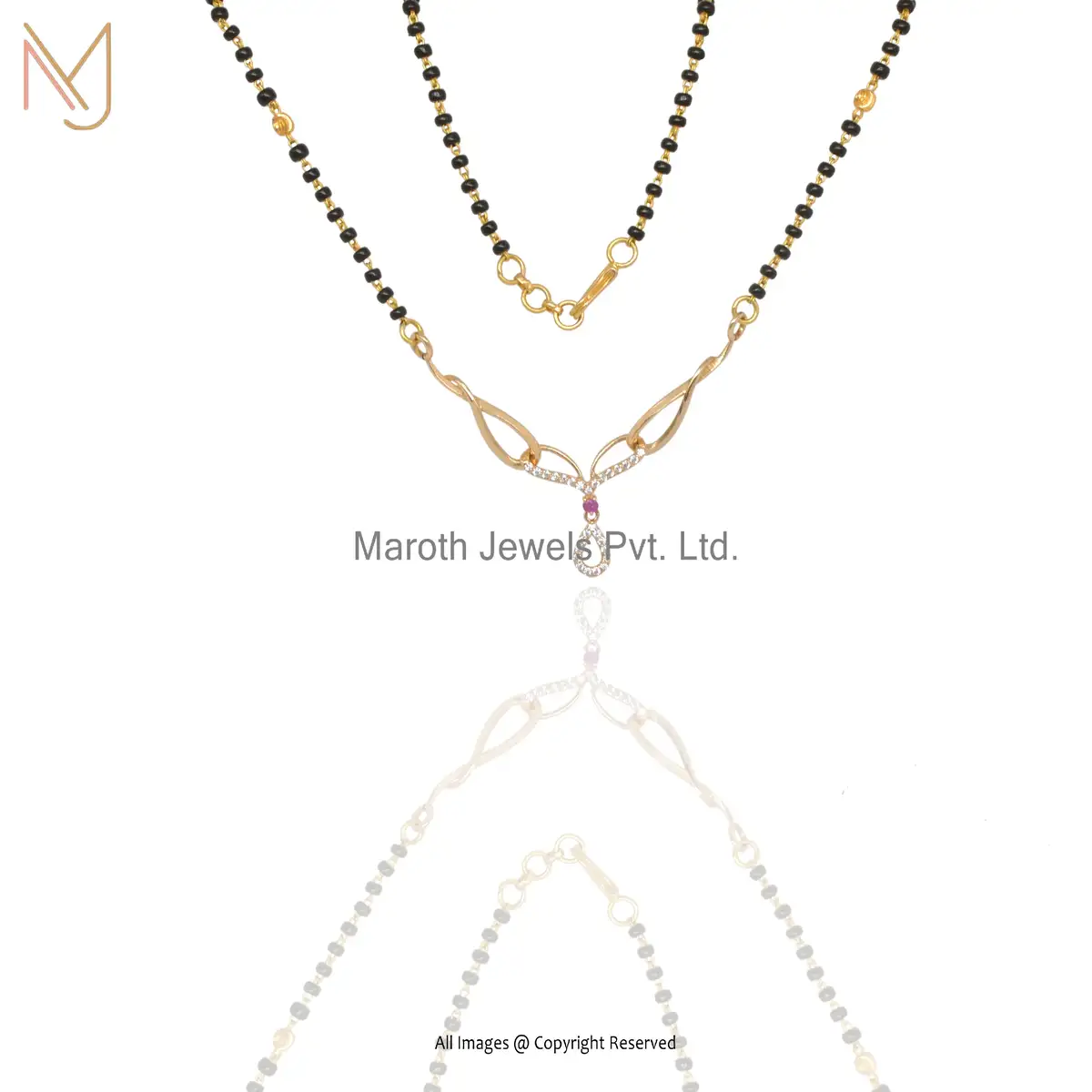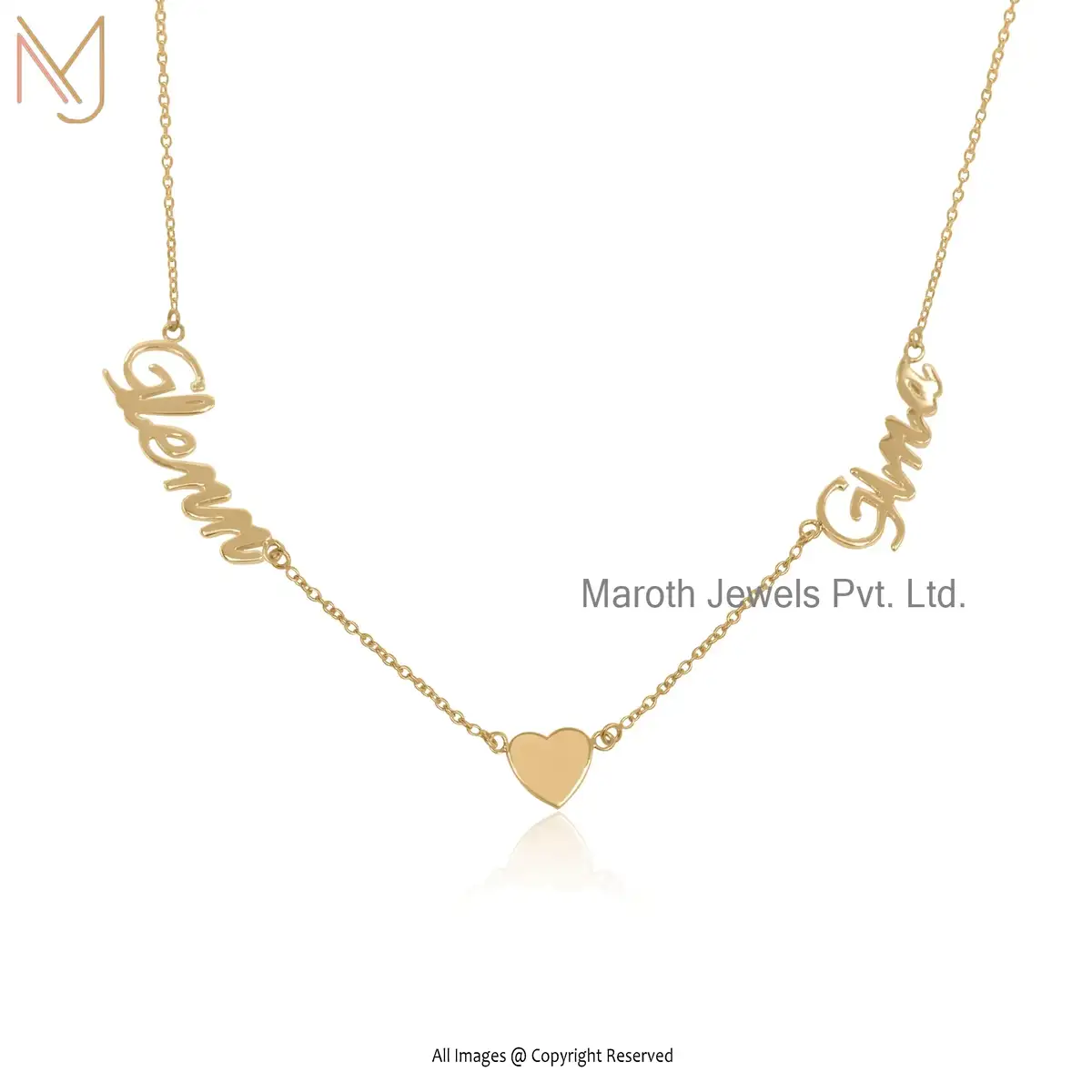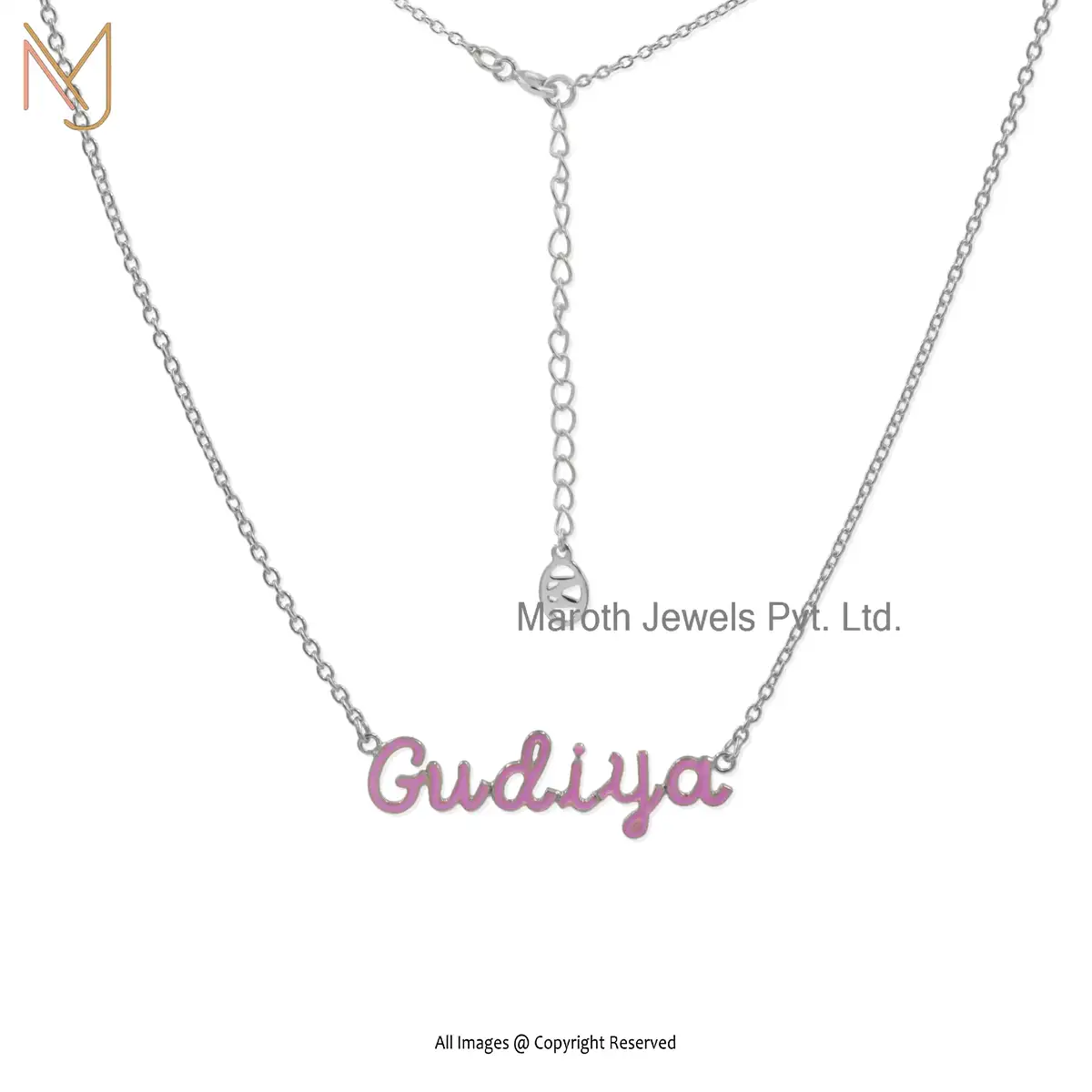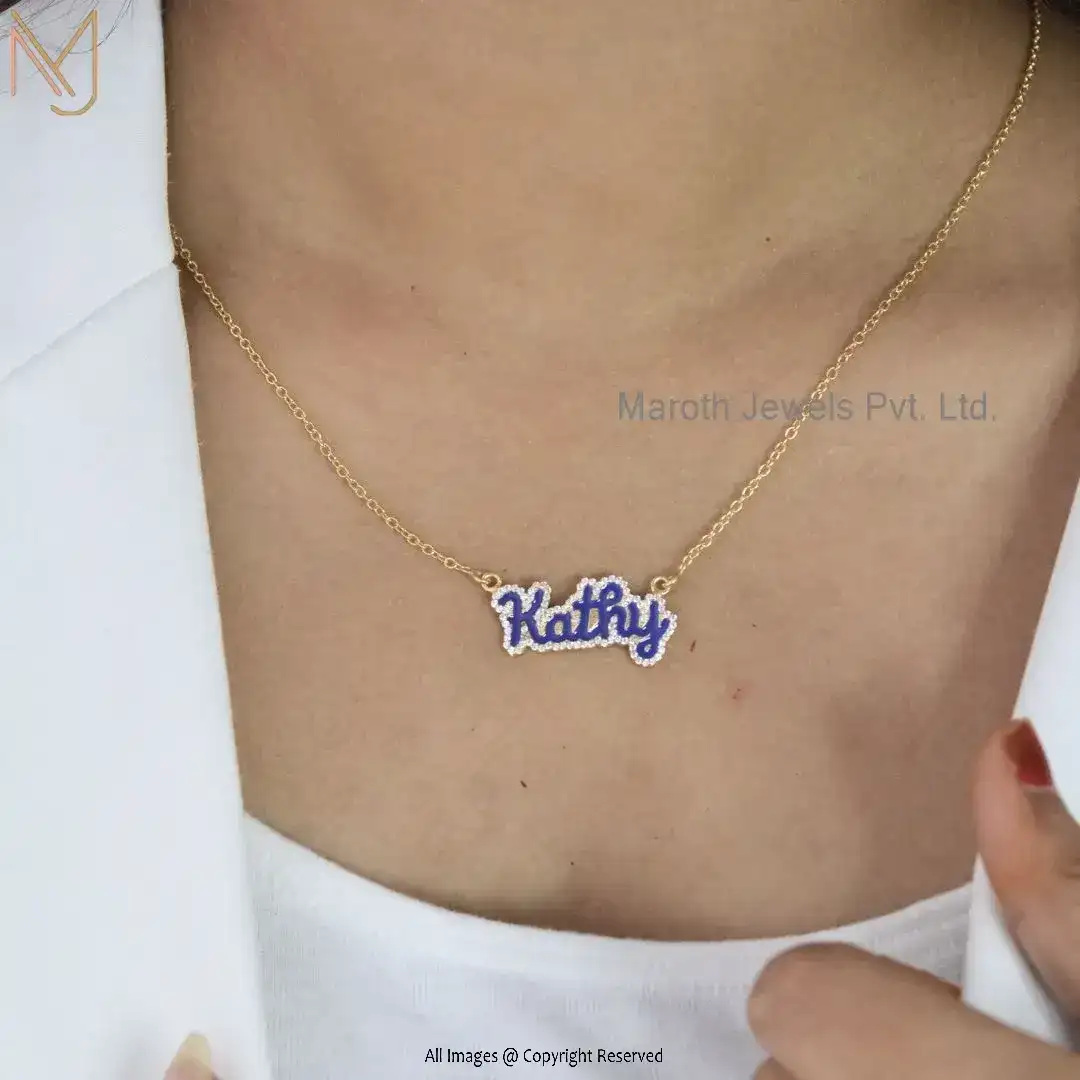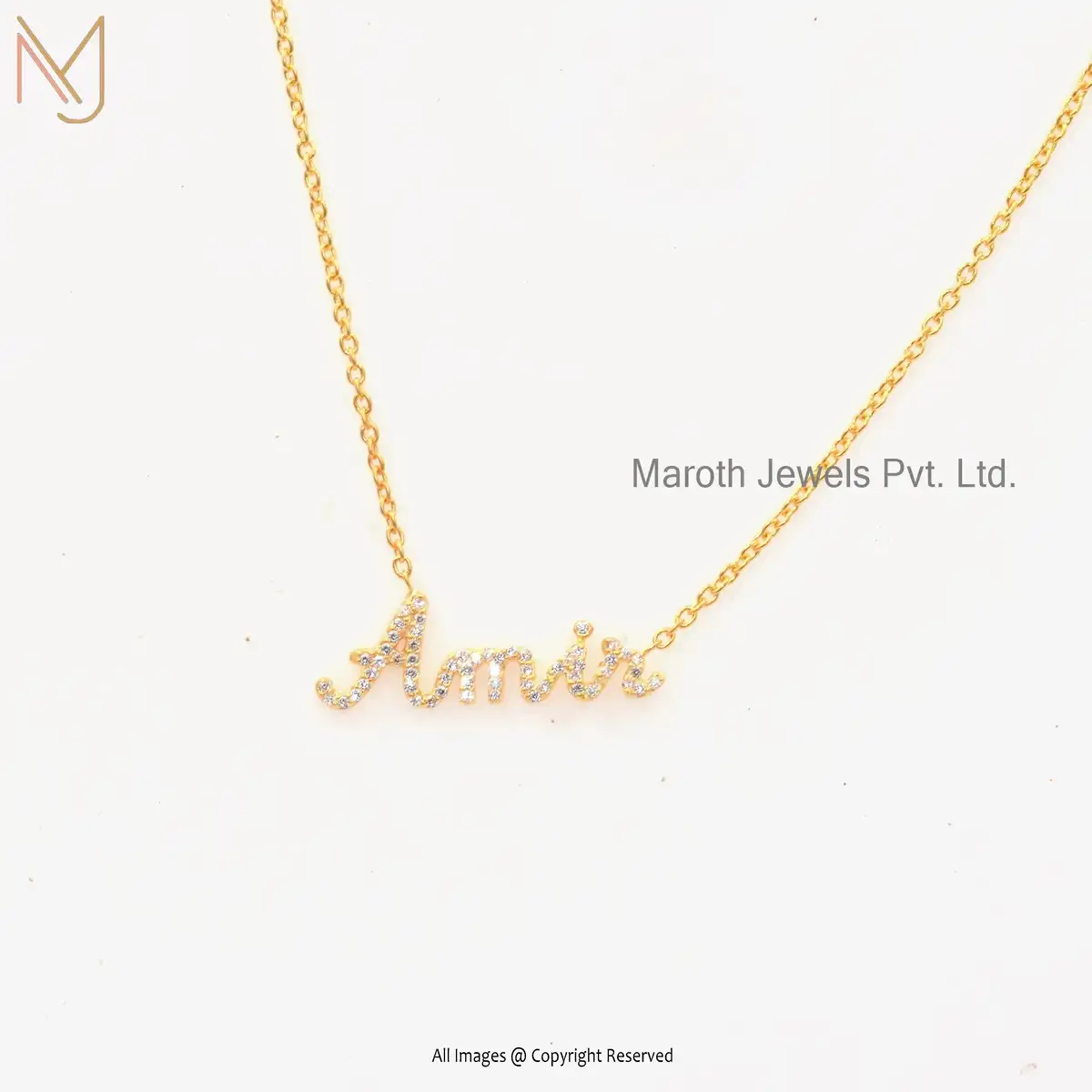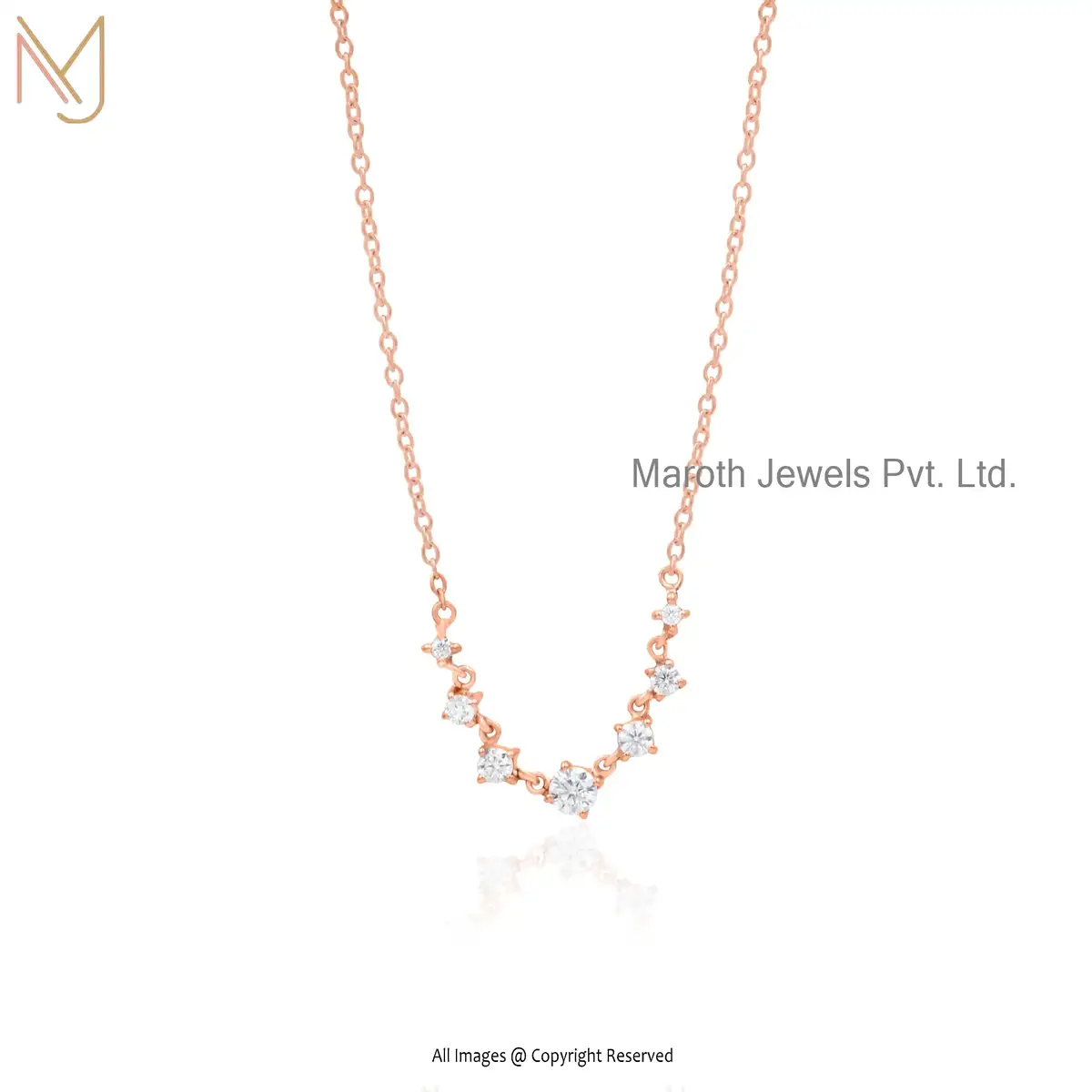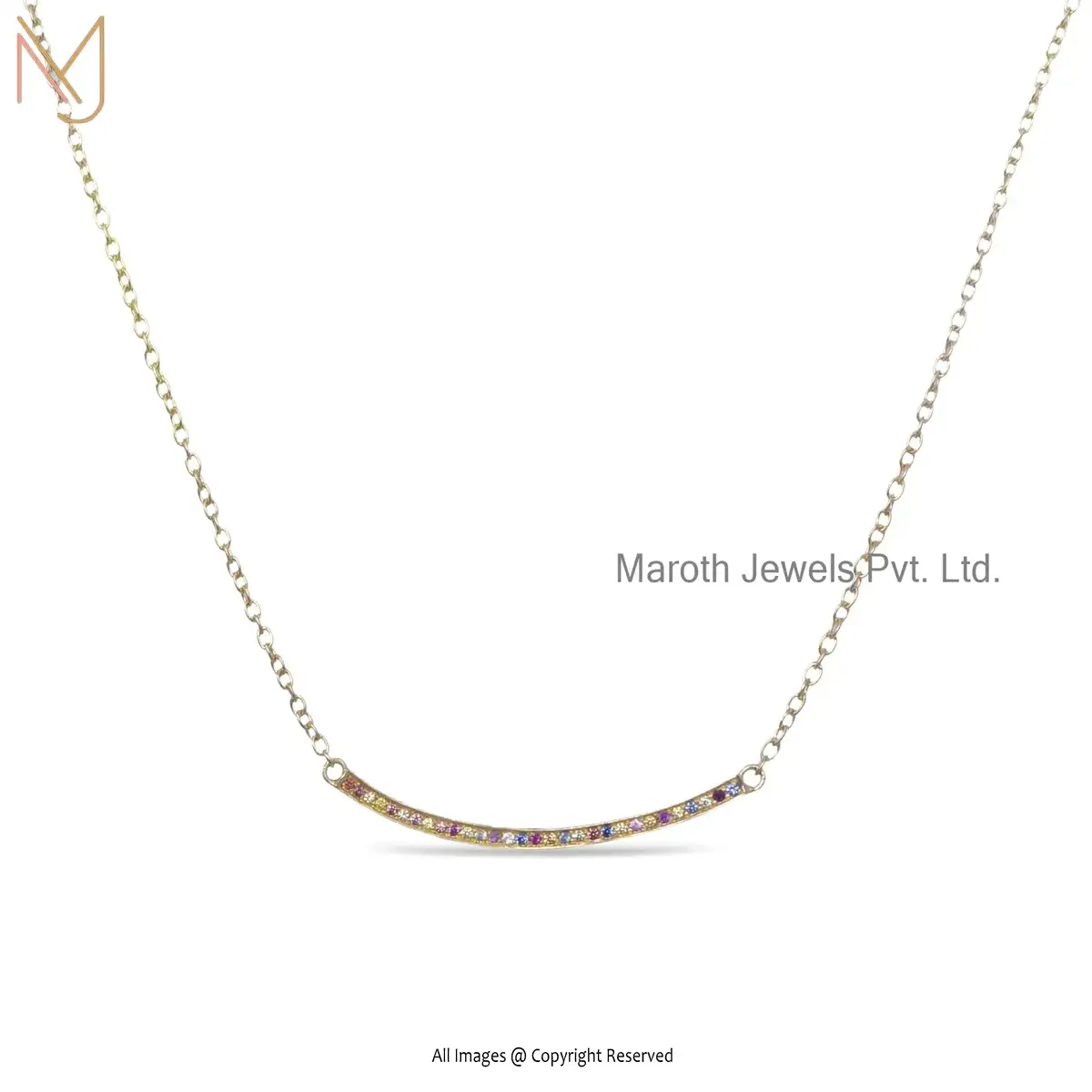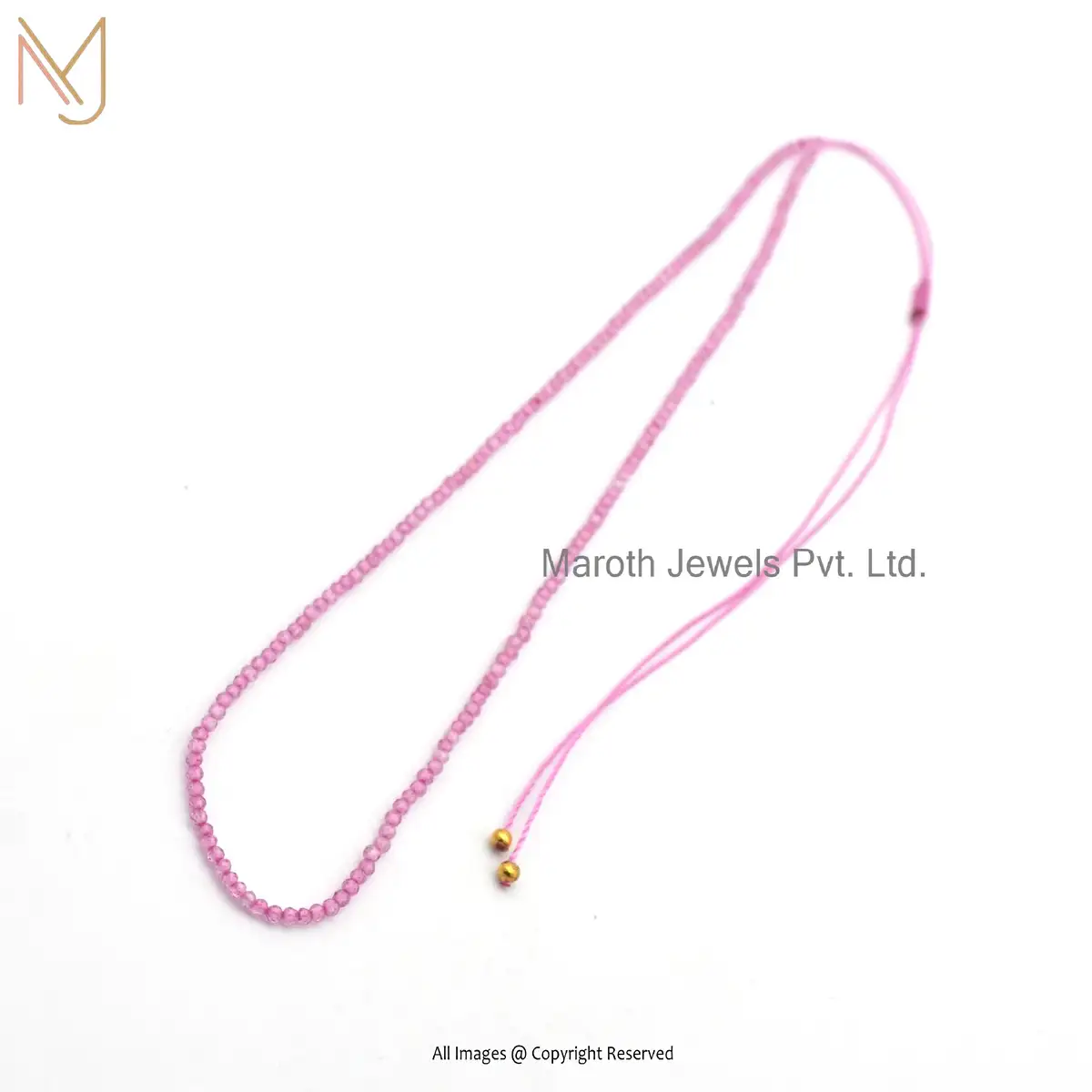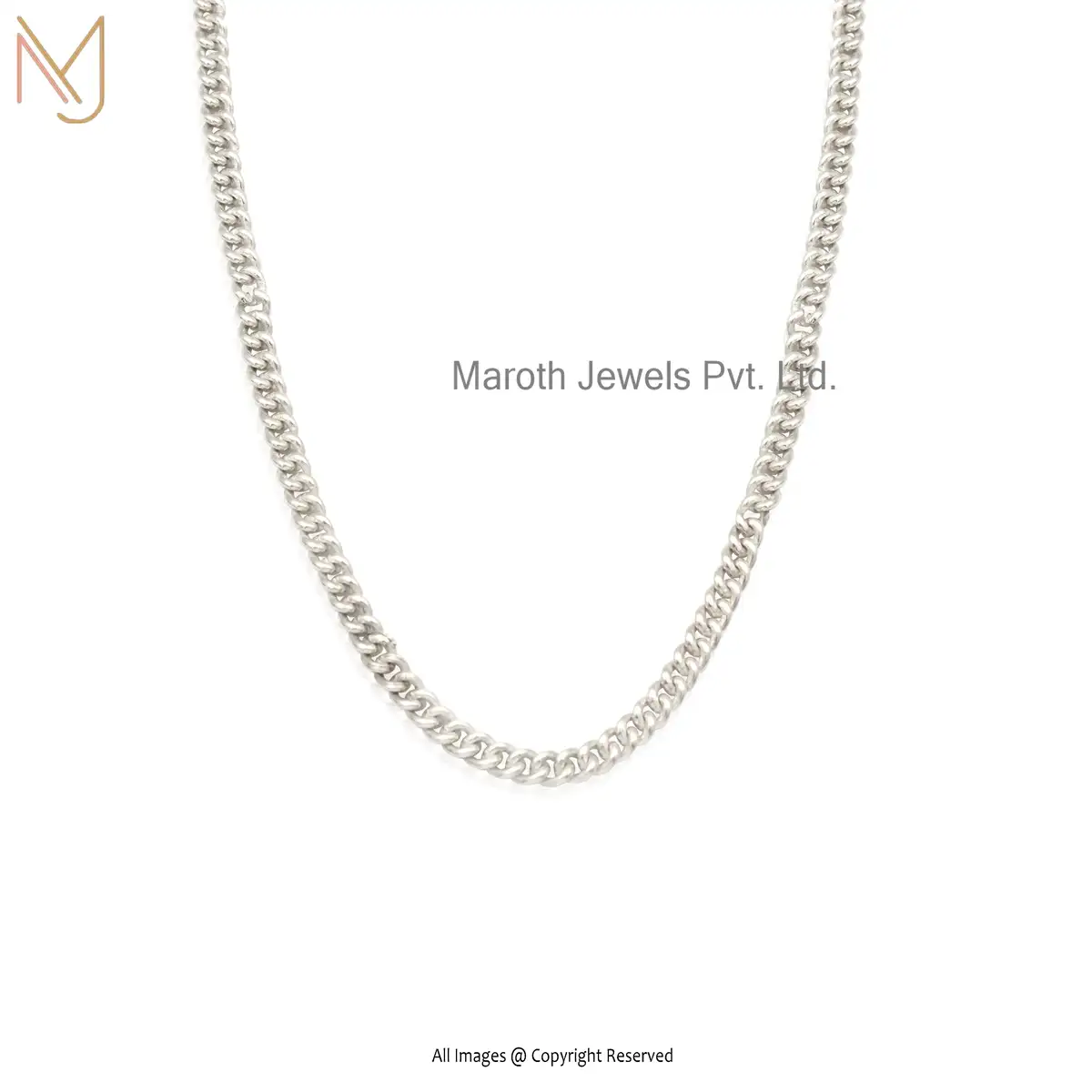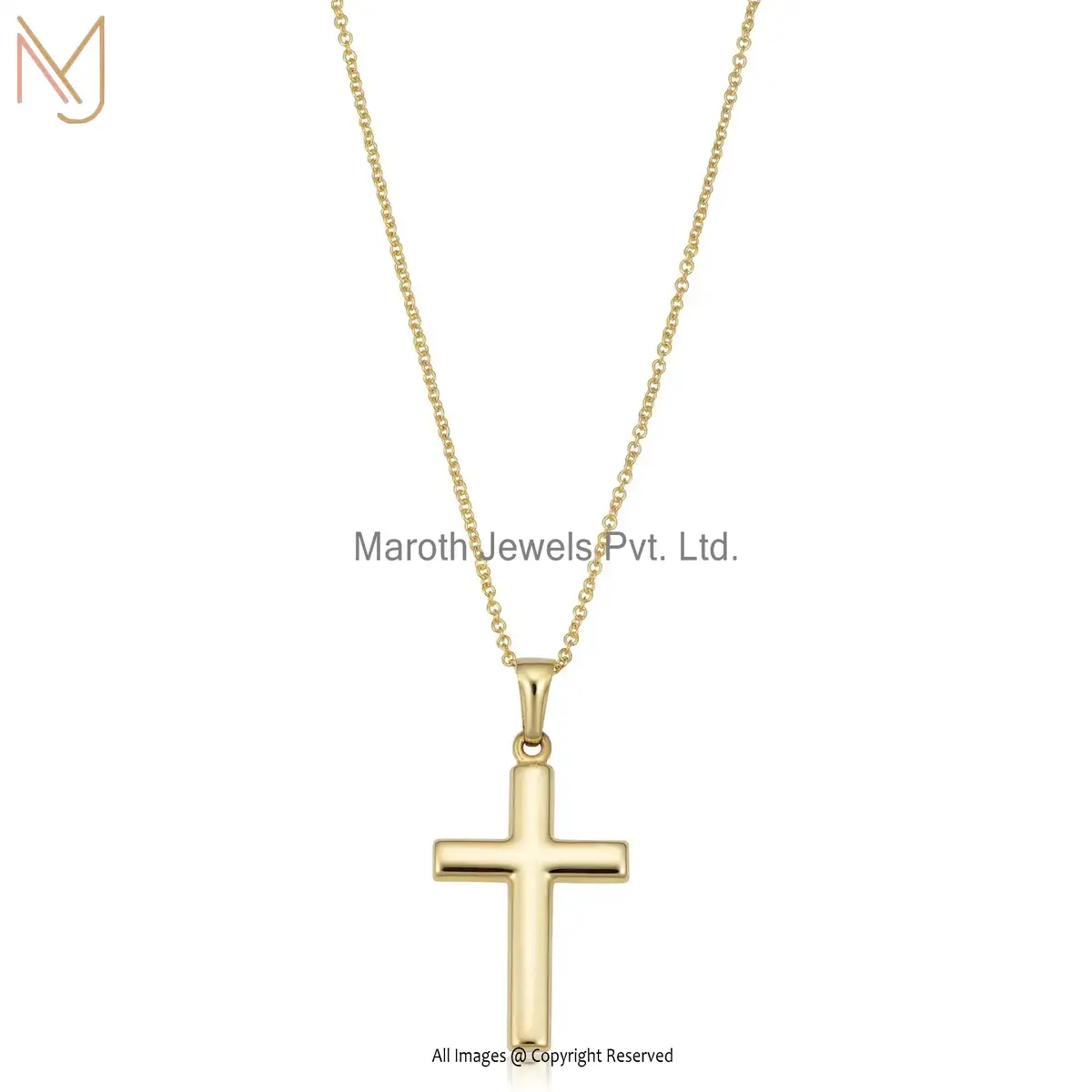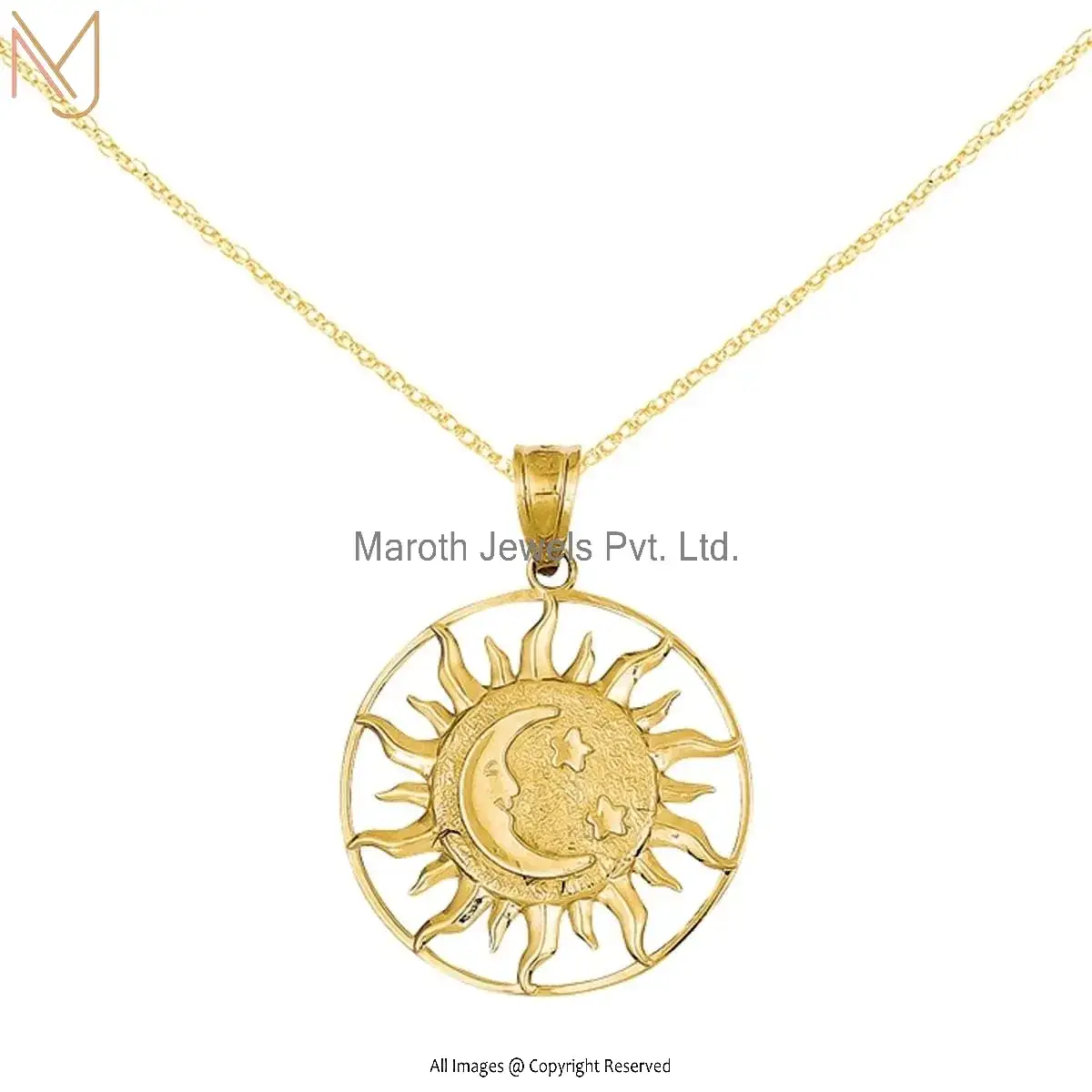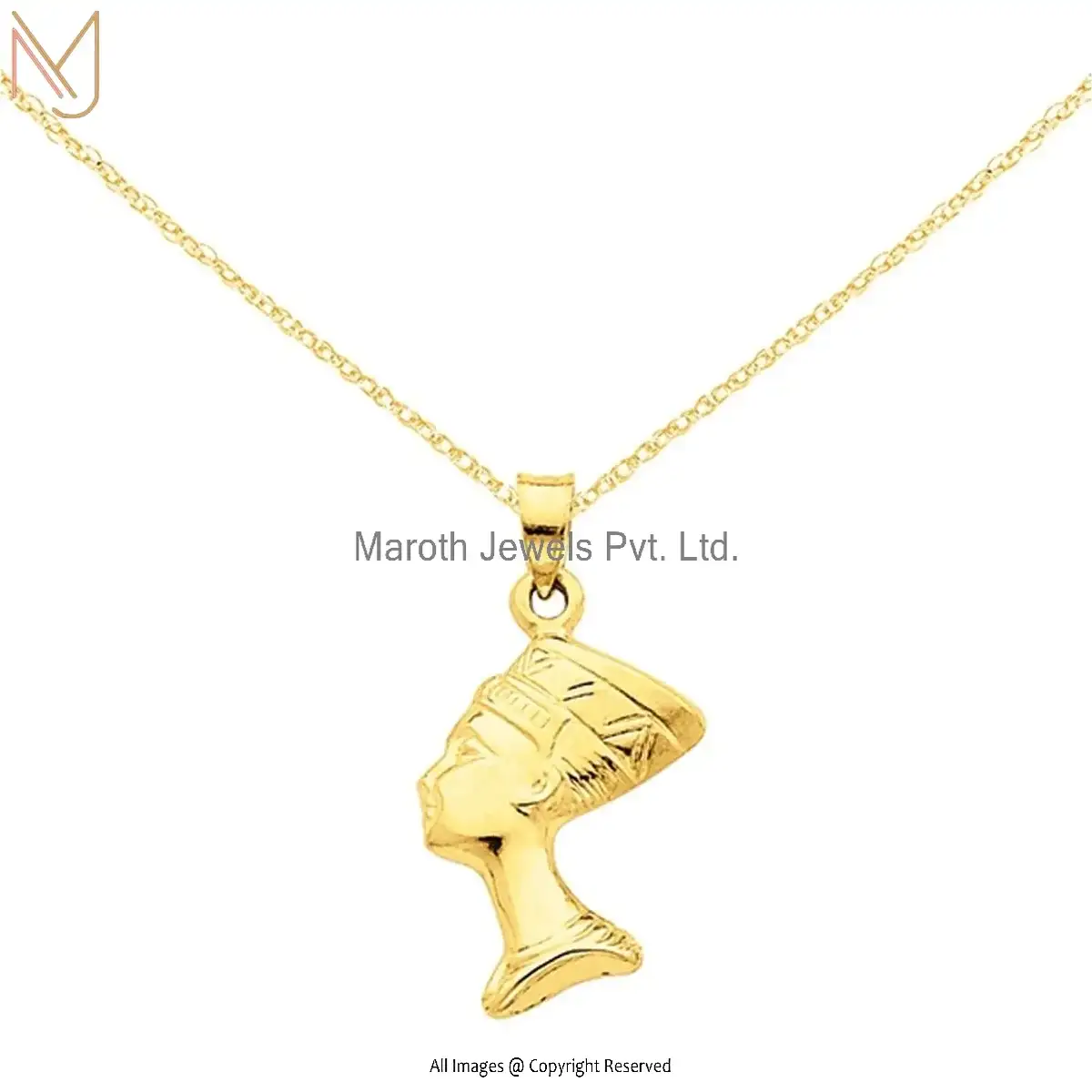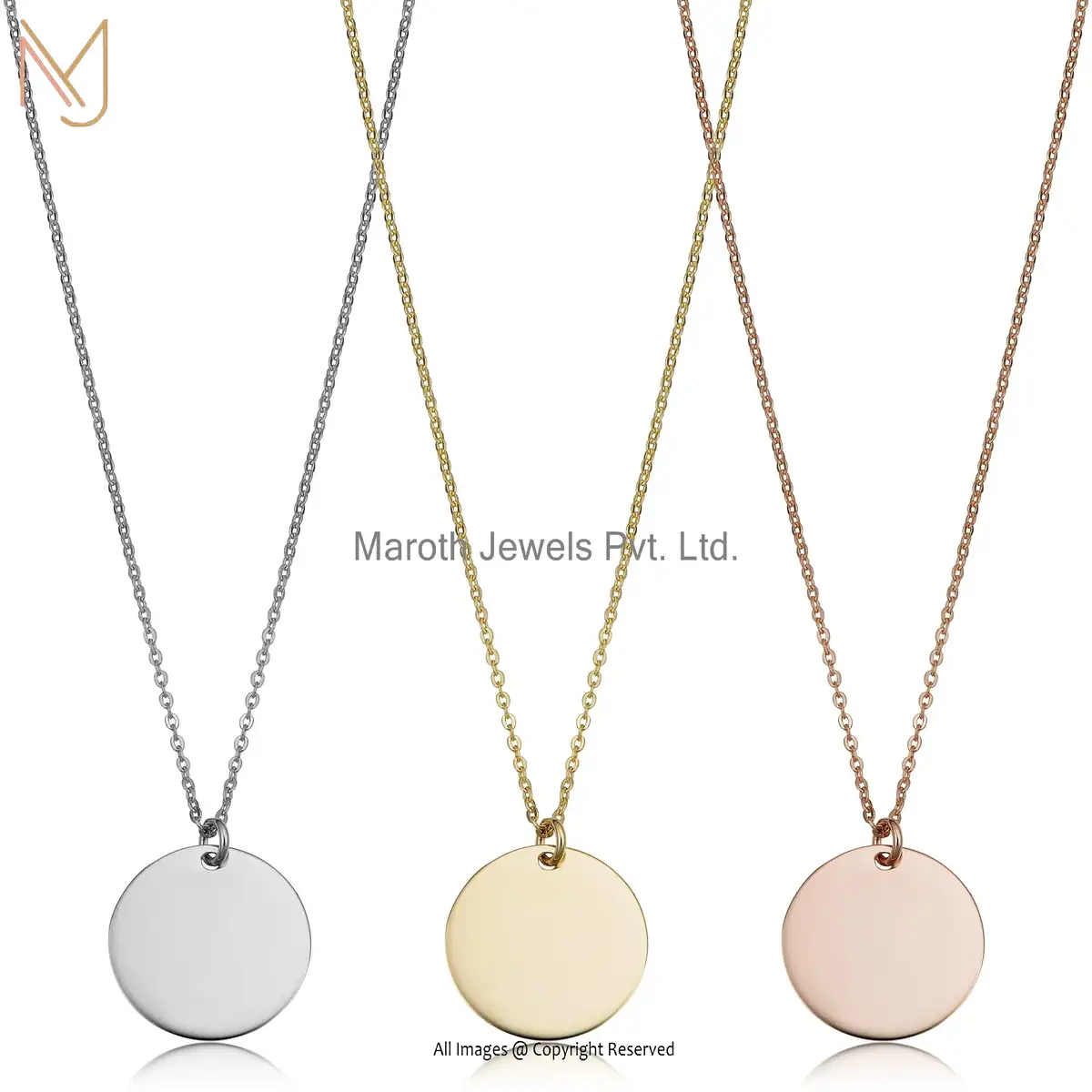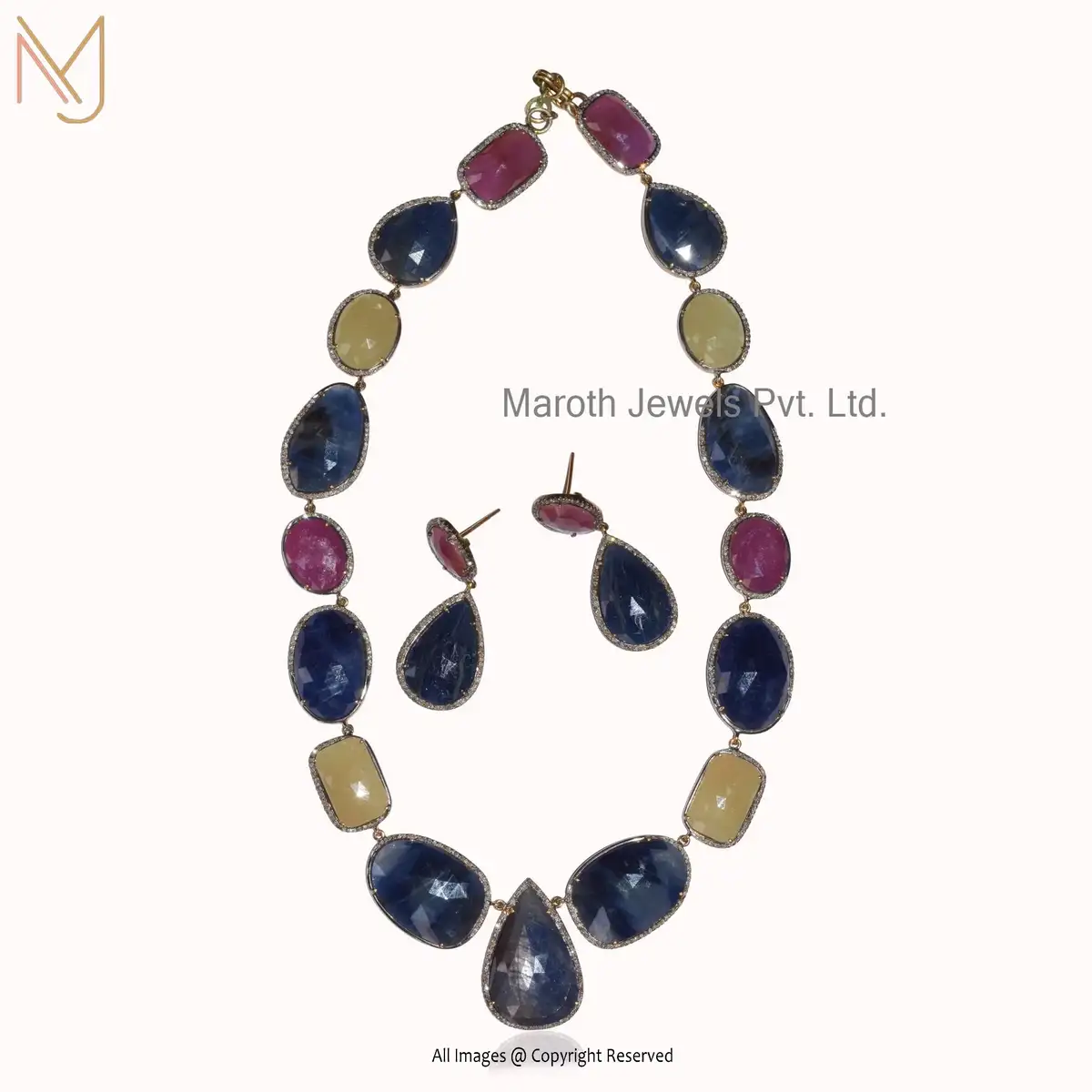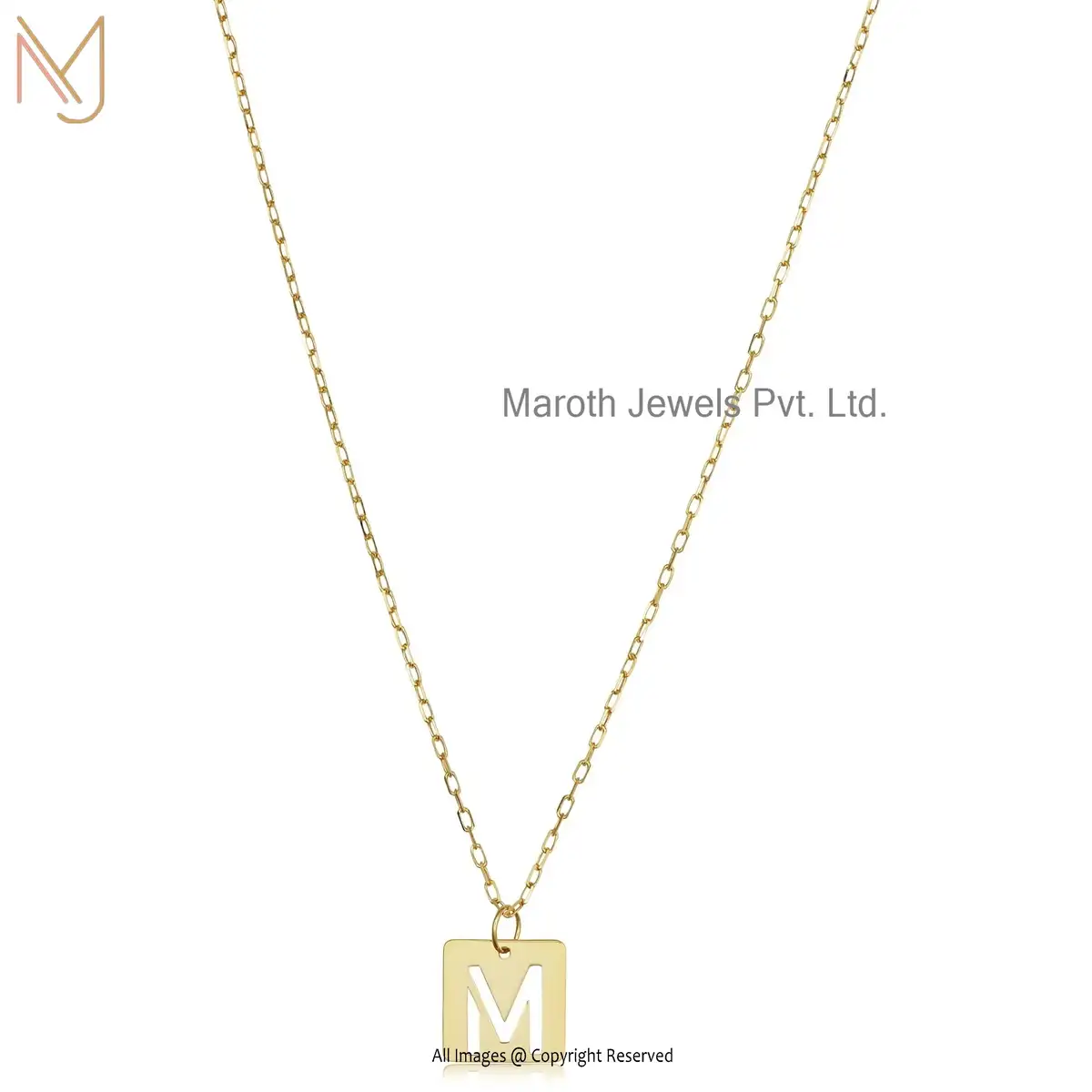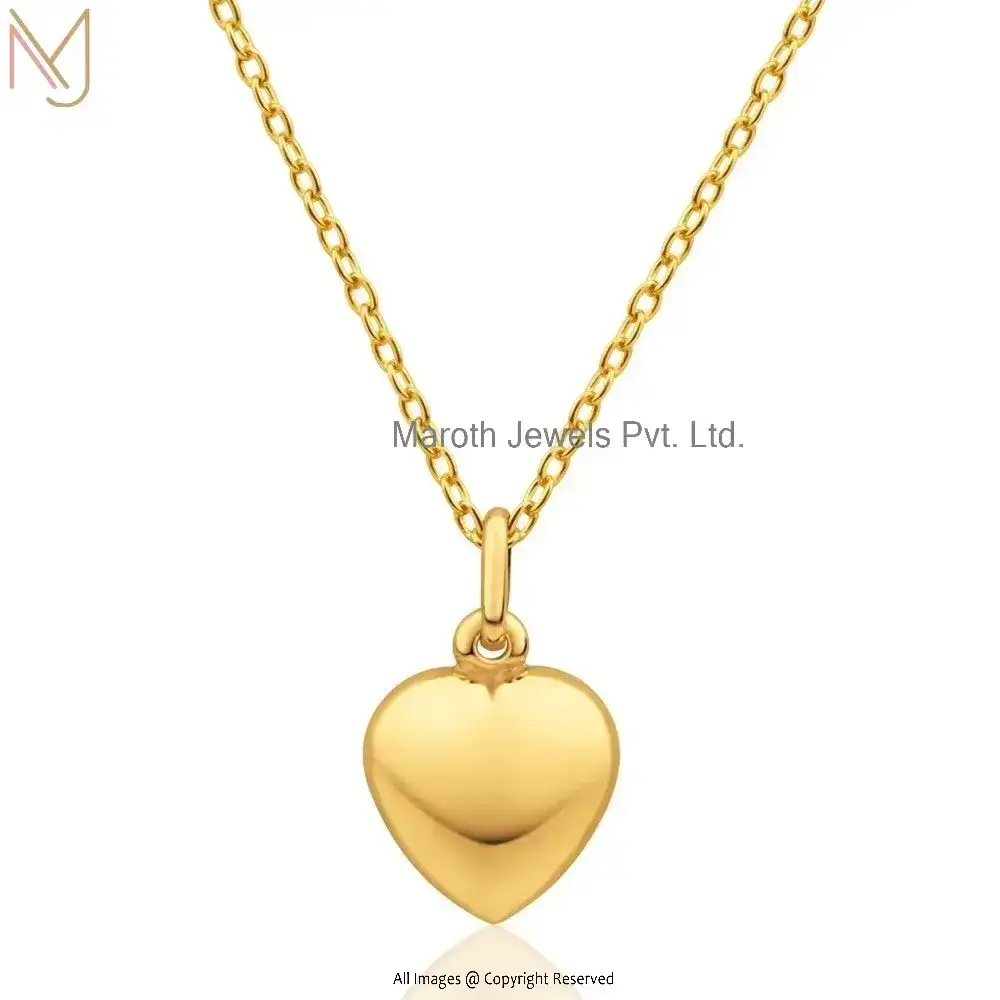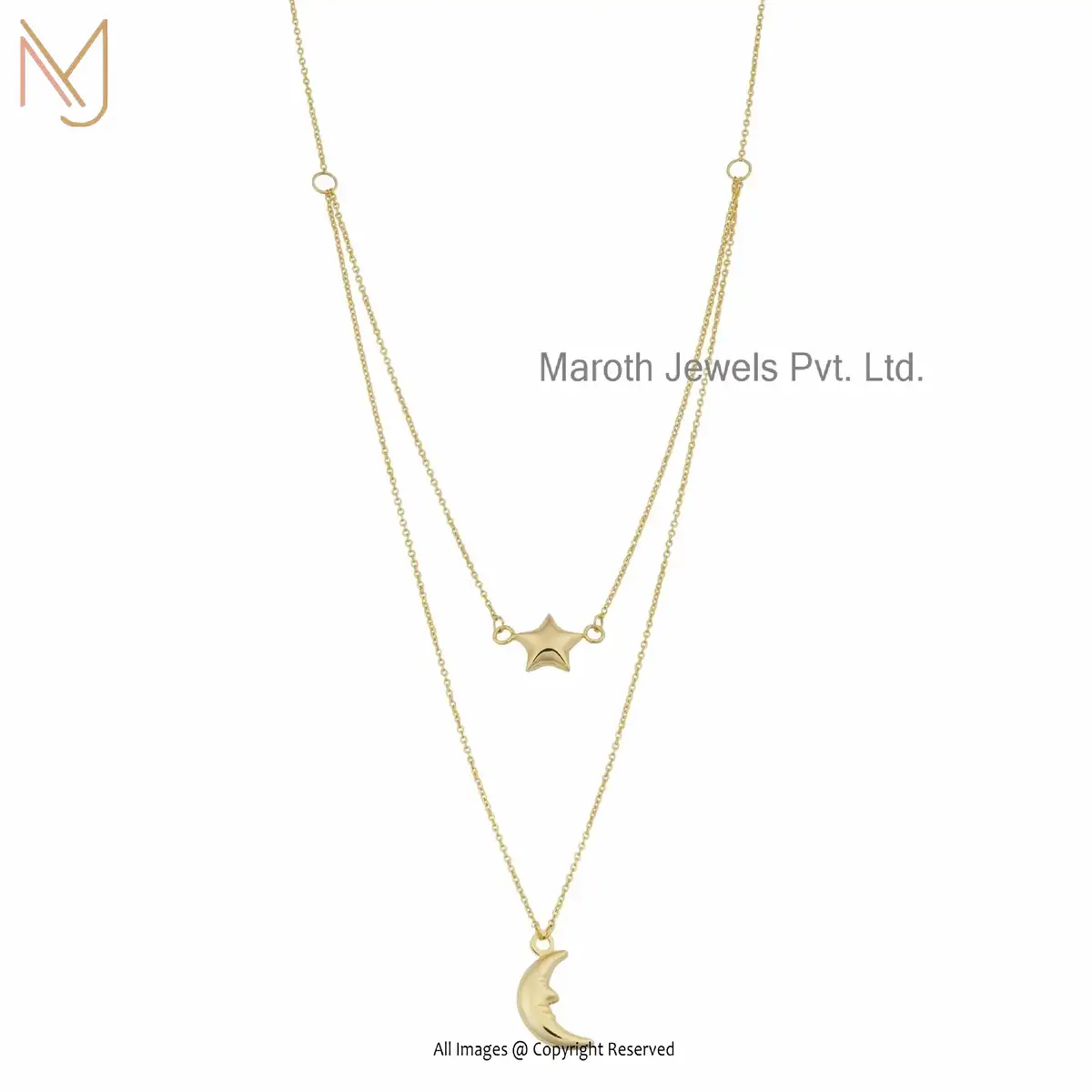Manufacturing Process Of Jewellery

Manufacturing Process Of Jewellery
For generations, jewellery has been an important component of human society, reflecting elegance, position, and personal interpretation. Every beautiful piece of jewellery is the result of a sophisticated manufacturing process which blends creativity, accuracy, and technology. This article will provide a comprehensive overview of the manufacturing process of jewelry, exploring each step involved in transforming raw materials into exquisite pieces that captivate our imagination.
1. Design and Conceptualization:
The journey of jewelry begins with an initial concept or design. Jewelers and designers draw inspiration from various sources such as nature, historical eras, or personal visions. To develop comprehensive depictions of the jewellery piece, particularly its shape, proportions, and complex features, sketches and computer-aided design (CAD) software are frequently used. Designers collaborate closely with customers or manufacturers to guarantee that their creation achieves the desired goal.
2. Material Choice:
Once the design has been established, the next phase is to choose the suitable materials. Jewellery can be made from a variety of precious and non-precious materials, such as gold, silver, platinum, diamonds, gemstones, and even non-precious metals such as stainless steel or titanium. Materials are chosen based on considerations like layout, budgetary constraints, preferred aesthetics, and customer demographics.
3. Wax Model Creation:
In many cases, a wax model is created to serve as a prototype of the final piece. This wax model allows jewelers to visualize the design in three dimensions and make necessary modifications before proceeding to the production phase. Advanced techniques like 3D printing can be employed to create intricate and precise wax models, reducing the time and effort required for manual sculpting.
4. Casting:
Casting is a vital method in the manufacture of jewellery, particularly for items made of precious metals such as gold or silver. It begins with the development of a mould, which is often formed of plaster or investment material and is then heated to an extremely high temperature. Molten metal is poured into the mould, filling the voids and shaping it to the appropriate shape. Once cooled, the mold is broken, revealing the rough cast piece.
5. Cleaning and Polishing:
The rough cast piece produced by the casting process is cleaned and polished several times to remove any leftover contaminants, burrs, or rough surfaces. To smoothen the surfaces, enhance the details, and attain the final result they want, jewellers employ a combination of hand tools, rotary tools, and abrasive materials. This process is critical in improving the overall appearance and quality of the jewellery piece.
6. Setting and Stone Placement:
For jewelry pieces featuring gemstones or diamonds, the next step is setting or stone placement. Jewelers skillfully secure the stones onto the metal using prongs, bezels, or other specialized techniques. This requires precision and attention to detail to ensure the stones are securely held in place while allowing maximum light penetration to enhance their brilliance.
Visit For :- mushroom pendant bulk
7. Engraving and Detailing:
Engraving and detailing add a personalized touch to jewelry, transforming it into a unique and meaningful piece. Skilled artisans use engraving tools and techniques to carve intricate patterns, initials, or designs onto the metal surface. This step requires meticulous craftsmanship, as it can significantly influence the final appearance and value of the jewelry.
8. Finishing Touches:
The final stages of the manufacturing process involve applying the finishing touches that complete the jewelry piece. These may include additional polishing, rhodium plating (for white gold pieces), applying a protective coating, or incorporating other decorative elements such as enamel or filigree work. These final touches add the final layer of refinement and ensure the durability and longevity of the jewelry.
9. Quality Control and Inspection:
Before the jewelry pieces are ready for distribution, thorough quality control and inspection processes are conducted. This step ensures that each piece meets the highest standards of craftsmanship, durability, and aesthetic appeal. Jewelers examine the jewelry under magnification to check for any flaws, such as loose stones, imperfect settings, or surface imperfections. They also consider the piece's overall weight, balance, and convenience. At this point, any required tweaks or fixes are made to guarantee that the finished item is faultless.
10. Packaging and Presentation:
Following the completion of the quality control procedure, the jewellery items are carefully wrapped and put away for display. To increase the value and appeal of the jewellery, premium packaging products such as velvet boxes or personalized cases are used. Furthermore, authenticity certificates and care directions may be provided to give clients with important information regarding the piece as well as assistance on how to keep its stunning appearance.
11. Distribution and Retail:
The final jewellery is subsequently distributed to retail stores or directly to buyers via a variety of channels, such as brick-and-mortar stores, e-commerce sites, or specialty boutiques. Jewellery stores play an important role in displaying and advertising the jewellery for prospective clients. Expert staff are trained to provide detailed information about the jewelry, assist customers in making informed choices, and offer after-sales services such as resizing, repairs, or cleaning.
Customization and Bespoke Services:
In addition to the standard manufacturing process, many jewelry manufacturers and retailers offer bespoke or custom jewelry services. This allows customers to personalize their jewelry by incorporating specific gemstones, modifying designs, or creating entirely unique pieces from scratch. Customization adds an extra layer of exclusivity and ensures that the jewelry truly reflects the individual's taste, style, and personal story.
Sustainability and Ethical Considerations:
The jewelry industry is increasingly focusing on sustainability and ethical practices.Many manufacturers are dedicated to ethical material procurement, ensuring that products come from conflict-free zones and meet environmental criteria. Additionally, initiatives have been made to eliminate waste, recycle valuable metals, and implement environmentally friendly manufacturing practices. Ethical issues also include fair labour policies, which ensure that workers in the production process are treated properly and have safe working conditions.
Trends and Innovation:
The jewellery production industry is continually changing as a result of changing fashion patterns, technological breakthroughs, and customer needs. Designers and producers keep updated on the newest trends and look for new ways to produce engaging and one-of-a-kind products. To expand beyond the limits of traditional jewelry-making, they explore with novel materials, techniques, and manufacturing processes. This ongoing quest for innovation guarantees that the marketplace remains current and captivates the market with new and intriguing concepts.
Maintenance and Repair:
Once a customer purchases a piece of jewelry, proper maintenance and occasional repairs may be required to ensure its longevity and beauty. Many jewelry manufacturers and retailers offer maintenance and repair services, including cleaning, re-polishing, stone tightening, and resizing. These services help customers keep their jewelry in pristine condition and extend its lifespan. Regular maintenance also allows jewelers to inspect the piece for any potential issues and address them before they become more significant problems.
Visit for :- charm enhancer jewelry
Future of jewellery Manufacturing:
As technological advances continue, the future of jewellery manufacture promises intriguing possibilities. 3D printing, laser cutting, and computer-aided design are now being used in the procedure, allowing for speedier prototyping, customisation, and intricate details. As customers prioritize ethical and ecologically conscientious choices, the usage of environmentally friendly and sustainable materials is projected to become even more popular. Virtual reality and augmented reality technology may also play a part in changing how customers view and interact with jewellery, enabling them to try on virtual items and customize designs in real time.
Customer Service and After-Sales Support:
Customer satisfaction is a priority in the jewelry industry. Manufacturers and retailers strive to provide excellent customer service throughout the entire purchasing process and beyond. Knowledgeable staff assist customers in selecting the right piece, offering guidance on style, quality, and maintenance. After-sales support includes services such as resizing, cleaning, and repairs. A positive customer experience builds loyalty, trust, and positive word-of-mouth, contributing to the success of the jewelry brand.
Trends and Fashion Forecasting:
The jewelry industry closely follows fashion trends and consumer preferences. Designers and manufacturers stay updated on the latest styles, colors, and materials to create jewelry that aligns with current market demands. Trend forecasting agencies and industry experts analyze fashion shows, consumer behavior, and market research to predict upcoming trends. This information guides designers in creating collections that resonate with customers and remain relevant in the ever-evolving fashion landscape.
Conclusion:
Jewellery making is a harmonious mix of artistry, talent, and technical ability. Every step, from the initial concept and material selection to precise detailing and final touches, leads to the development of one-of-a-kind and intriguing creations. Jewellers and artisans use a variety of techniques, equipment, and technologies to bring their ideas to life, resulting in the beautiful jewellery we adore and treasure.
The path from raw materials to finished jewellery is a monument to the industry's workmanship and ingenuity, either it's a glittering diamond ring, an elaborately crafted necklace, or a delicate pair of earrings. The jewellery manufacturing process includes numerous processes, ranging from design and material selection to marketing and customer service.
The industry combines artistic creativity, technical expertise, ethical considerations, and market awareness to create exquisite pieces that captivate and adorn. By staying abreast of trends, embracing innovation, and prioritizing customer satisfaction, jewelry manufacturers continue to shape the industry and provide customers with timeless, meaningful, and cherished pieces of personal expression.
READ MORE:- Small Batch Jewelry
Jewelry Manufacturing Process Step By Step
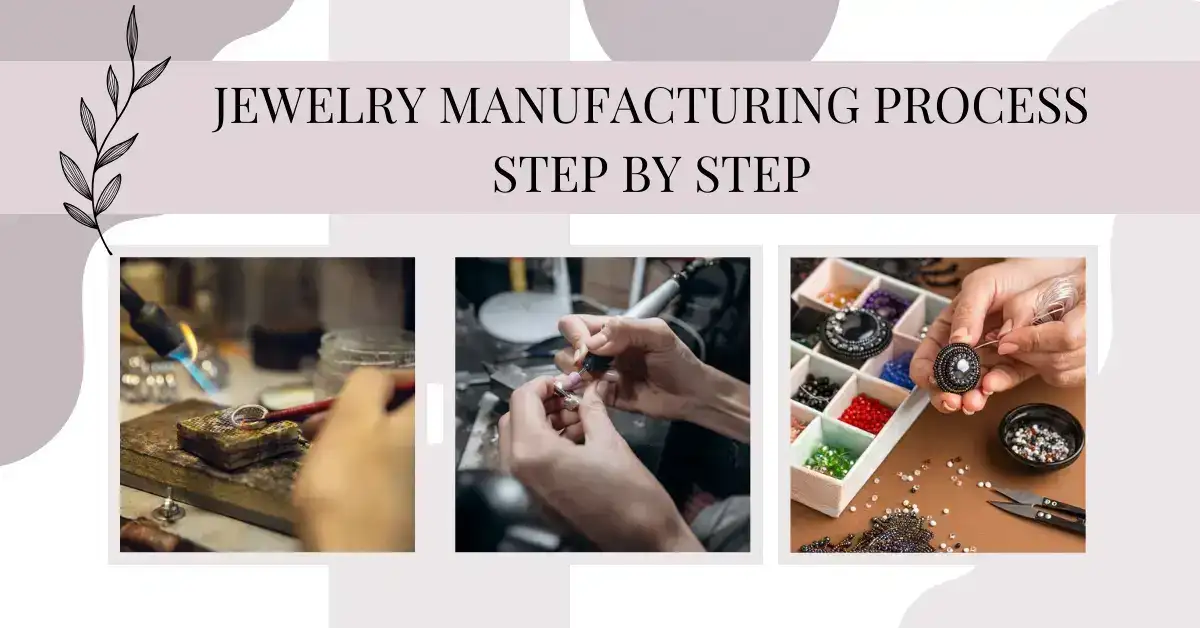
Possessing this fundamental understanding will enable you to interact productively with your work coordinator, facilitating the production process. This information is particularly crucial if you plan to collaborate with many businesses rather than just one studio during the project. Lastly, it will make it easier for you to comprehend how the related expenses of making jewelry are broken down, enabling you to respond to that invoice with the best knowledge possible!
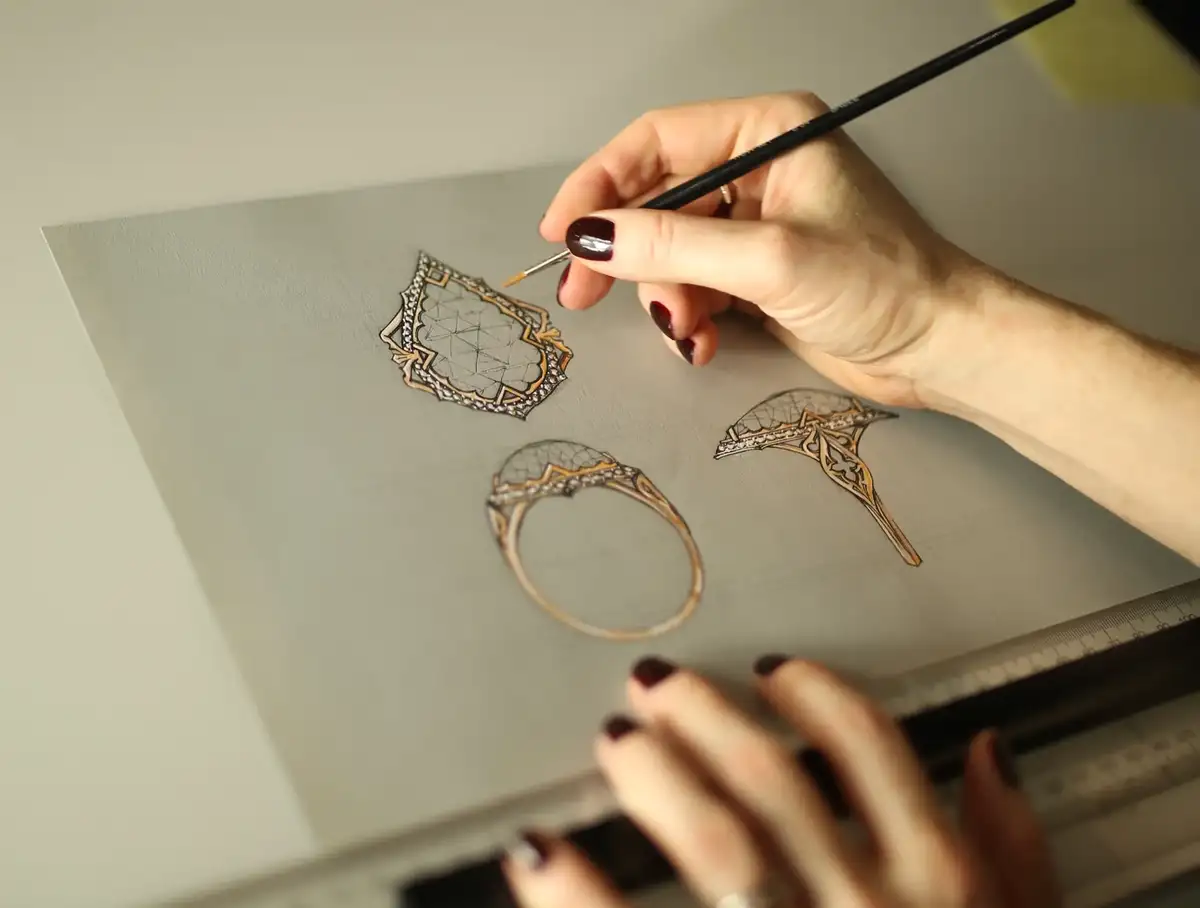 Step 1 - Designing
Step 1 - Designing
This stage allows you to see your jewelry before committing to full production, bear in mind that the 3D model may look better than your completed item since it was created primarily for usefulness rather than beauty! Nevertheless, you may always ask for a render that is more thorough.
Step 2 - CAD/CAM 
The remainder of the process, including design, machining, and manufacturing, is called CAM. The manufacturing of mobile phones, computer gear, and cars all heavily rely on CAD/CAM design. In actuality, it is everywhere. Who would construct a new iPad or automobile by hand? However, as software has advanced, CAD/CAM design is now effective even in craft sectors like the production of jewelry and rings.
For the creation of jewelry, CAD/CAM design offers four forms of modeling. These include hybrid, surface, solid, and polygonic parameters. Various models are used in various contexts. For a complex or sophisticated design, you would use a hybrid model, and for a recurrent motive, you would use a solid parameter model.
VISIT FOR :: custom pendant india
Step 3 - Model Making/3d Printing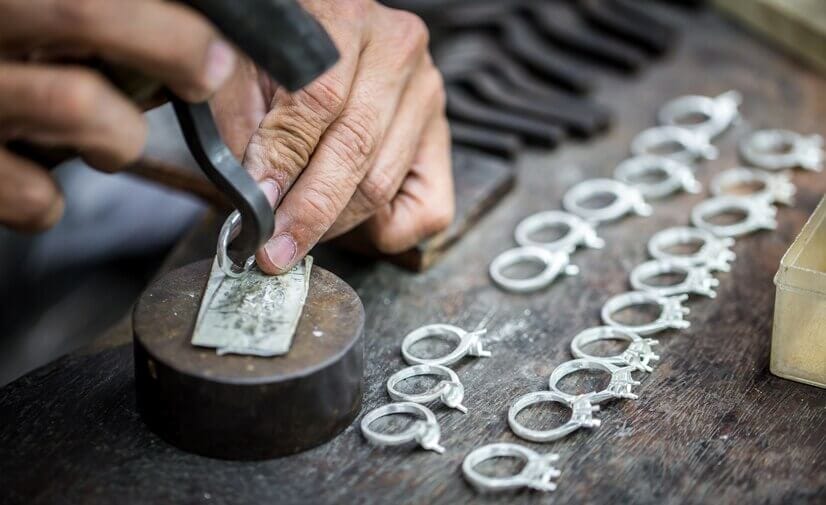
Investment casting, the most widely used technique for 3D printing jewelry, is often used in indirect printing techniques. This entails creating extremely detailed 3D printouts of wax models of different jewelry items, which are then utilized to create molds rather than actually creating jewelry pieces for end usage.
It blends conventional mold-making methods, which often include the use of gypsum or wax, with 3D printing. Users must utilize digital light processing (DLP) or stereo lithography (SLA) to 3D print the castable model in resin. The mold is then made by covering the 3D-printed model with gypsum. Once the gypsum has solidified, the resin is emptied, and liquid metal is added.
Step 4 - Rubber Mold 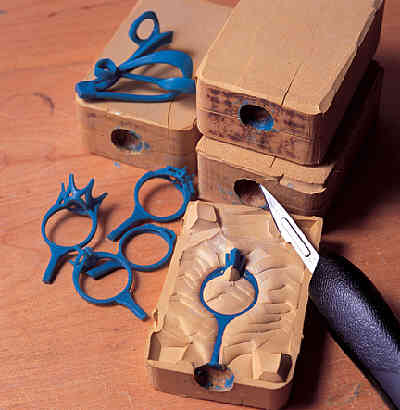
It is made from heat-treated and compressed rubber sheets. This is very useful for base metal masters and other heat-resistant metal products. After your master is carefully removed from the mold, the remaining material may be sent to our wax injection team so they can prepare the wax for casting.
Step 5 - Waxing / Wax Tree 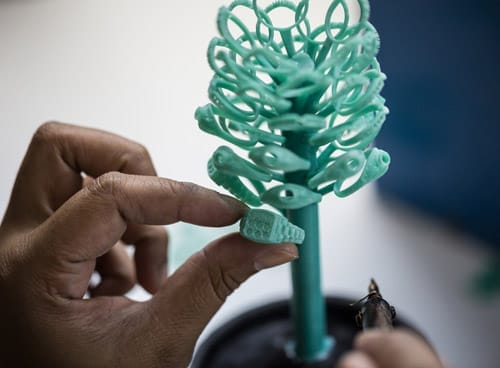
Waxing is the method of creating wax models by pressing pressure into a cavity created by the rubber mold on the commercial wax injector machine. Casting is done using these wax replicas. 'Treeing' is the process of soldering the wax components onto a wax stem. These are made exclusively to be filed and shaped by jewelers.
 Step 6 - Casting
Step 6 - Casting
The full casting process involves placing the wax tree in a steel flask and adding a slurry of chemical powder, which takes about an hour to solidify.
Step 7 - Grinding 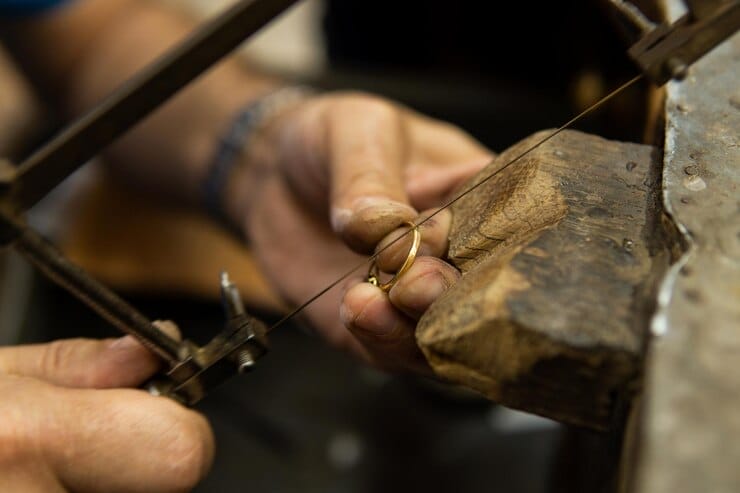
Grinding, commonly referred to as surface grinding, is machining where the material is removed to achieve surface finishes and precise finish tolerances using a powered abrasive wheel, stone, belt, paste, sheet, compound, etc.
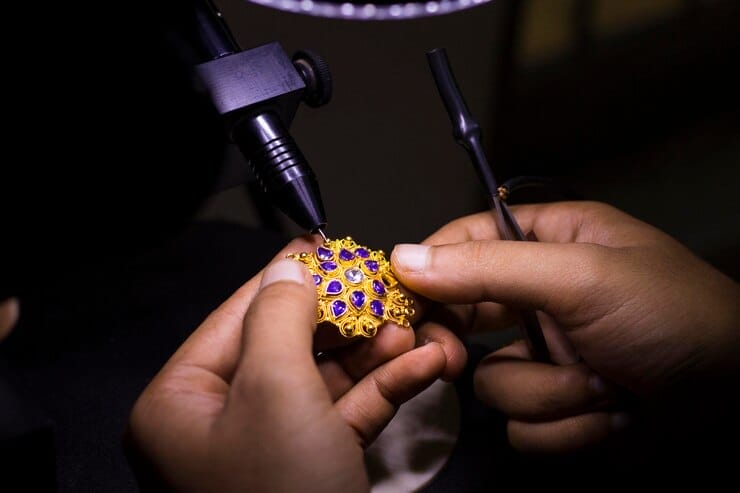 Step 8 - Stone Setting
Step 8 - Stone Setting
There are many kinds of settings for gemstones. The four fundamental setting styles are widely acknowledged to be prong, bezel, channel, and bead. But from these foundational designs, dozens of altered setting types for pendants, rings, and earrings have developed.
Step 9 - Filing / Assembly and Pre Polishing 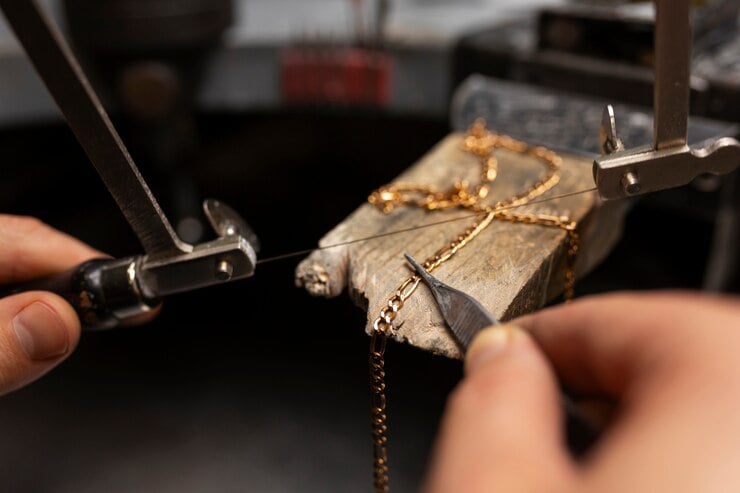
The next step in the jewelry manufacturing process is called Filing. Under Filing, the extra solder or metal is removed from the object. A range of instruments, including files and burns, are used to eliminate the casting layer and provide a polished appearance.
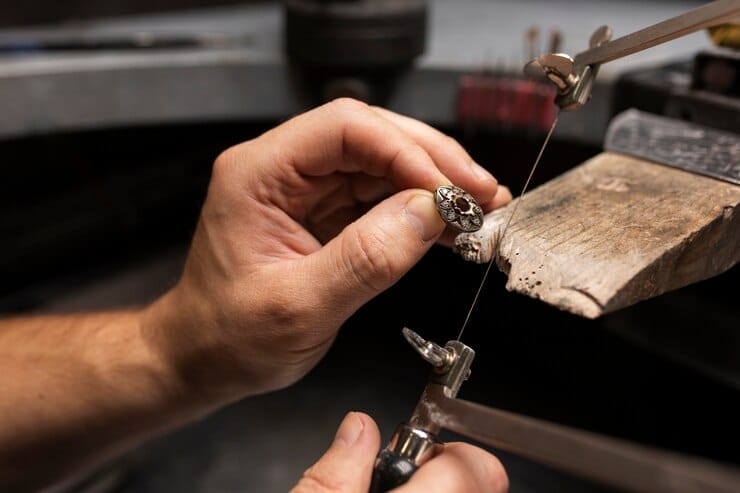 Step 10 - Metal Setting
Step 10 - Metal Setting
The procedure of setting or fastening the gemstone in the jewelry is called metal setting. Various metal settings produce different designs. To give the jewelry item a striking look, several metal settings are even combined.
Step 11 - Polishing 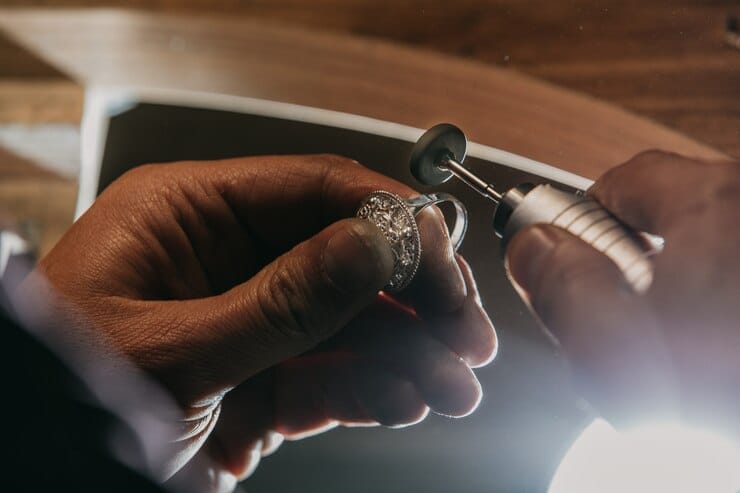
Little portions of the metal's surface are removed during the jewelry polishing process, leaving a smooth finish that is prepared and ready for buffing.
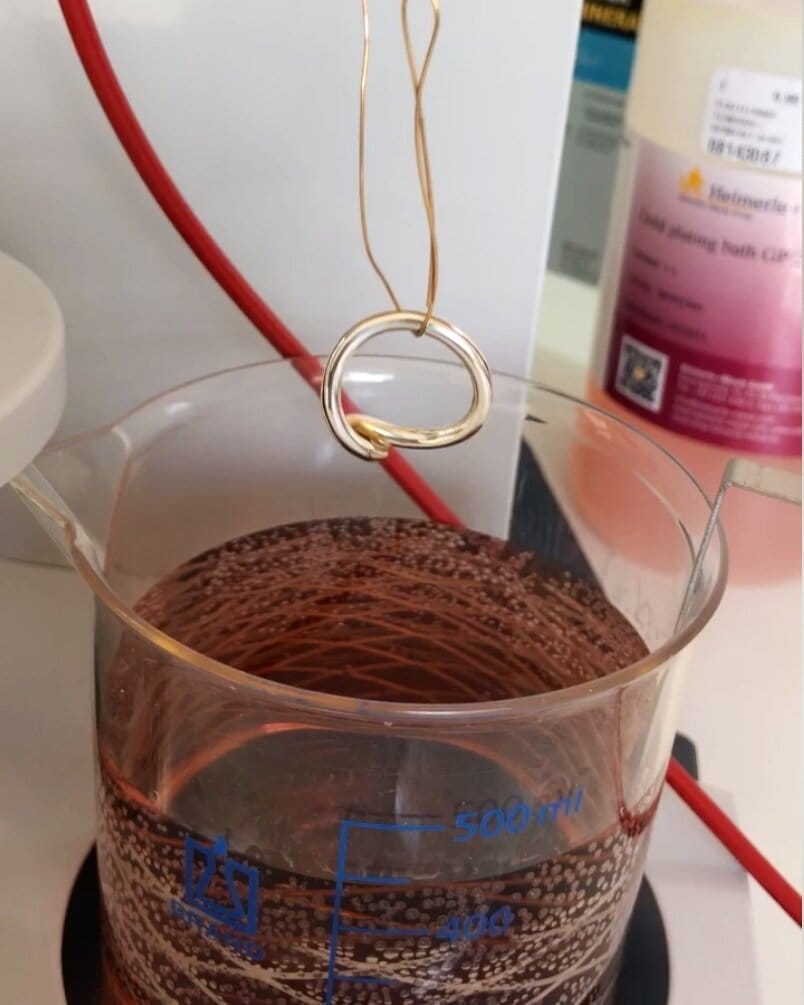 Step 12 - Plating
Step 12 - Plating
The technique of electroplating involves using a direct electric current to cover a metal surface or item with a very thin layer of another metal. The metals get partly dissolved as a result, and a chemical link is formed between them.
VISIT FOR :: indian bangles wholesale
Step 13 - Quality Control 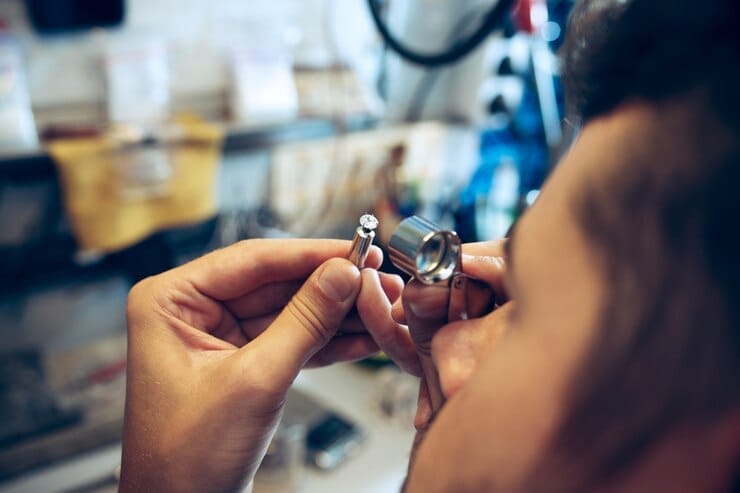
Jewelry producers and sellers need more, if any, objective tools and information at their disposal to evaluate the longevity and customer satisfaction of their items. As a result, merchants and manufacturers are left wondering whether their quality goals will be achieved and may have to deal with product returns, recalls, and unhappy customers, all of which might damage their image and brand.
The Different Types Of Jewelry We Make:
Earrings
Since every woman dreams of having a jewelry box, you will discover more than just earrings. An earring may dress you for any event and make you look put together in two seconds. The "JHUMKAS" earring style is among the most popular. Very few people will be able to resist being enamored with the heritage-inspired mood and stunning beauty of a pair of stud earrings. The benefit is that they go well with any outfit and will not let you down.
Rings
There are two other ways to categorize this representation of unending love: A whole row of jewels placed on a costly band characterizes the entire eternity ring, sometimes referred to as a traditional eternity ring. Half-eternity rings: Only the upper portion of the shank is covered with jewels in these rings.
Charm Holder
Charms are little add-ons that fit into a necklace or bracelet to complete the piece of jewelry together with the band. To make it as simple as possible to incorporate the charms into the bracelet or necklace, they are fitted with tiny snap hooks.
Mushroom Pendants
Mushroom pendants are pendants with a simple composition that epitomizes bold simplicity. Their domed metal cap, available in your choice of color, contrasts with their elliptical, hand-blown glass diffuser, each unique.
Locks and Clasp Findings
Together, the locks clasp findings and the jewelry are connected. These are the locking clasp findings that may facilitate the connection of our jewelry—they are neither beads nor gemstones.
Carabiner locks
The majority of contemporary carabiners have a gate opening and "key-lock" nose shape, which makes them less likely to snag than those with notch and pin designs. The solid gate design is the foundation of most locking carabiners.
And Many More
We have a lot more other jewelry collections, which you can easily find on our website.
The Different Materials Used In Jewelry Manufacturing
Gold
History may be traced back to gold jewelry. Since then, it has gained popularity and remained fashionable constantly. Gold has always been in style, even if jewelry styles have altered throughout time.
Everybody has long appreciated and respected the gold jewelry design business. Many artists have been influenced by gold throughout the years. The majority of the designs for gold jewelry that you see now are influenced by historical periods.
Sterling Silver
Fine silver is more costly than less pure sterling silver because it has a larger proportion of pure silver. But sterling silver still has an excellent appearance so that you may acquire classic, reasonably priced items for less money. The durability factor is another.
Gemstones
Less than 100 of the more than 2,000 known natural minerals are utilized as jewels, and just 16 have attained recognition. These include olivine, opal, quartz, spinel, topaz, turquoise, zircon, feldspar, garnet, jade, lazurite, beryl, chrysoberyl, corundum, diamond, and zircon.
Rhodium
Among all the non-radioactive metals, rhodium is the rarest. It may be found in nature uncombined in river sands in North and South America, where it coexists with other platinum metals. It may also be found in Ontario, Canada's copper-nickel sulfide ores. Commercial rhodium is obtained as a by-product of refining nickel and copper.
How To Get Jewelry Manufactured?
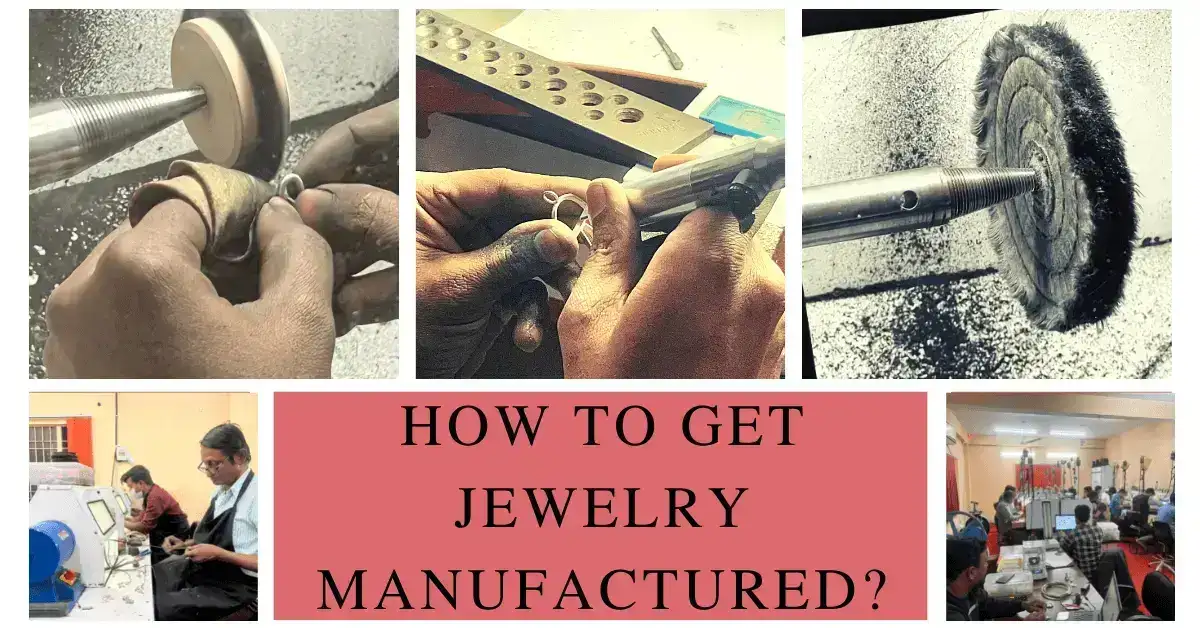
Many of the sellers like to get their own designs of jewelry manufactured for sale or in simple words, custom jewelry. However, finding the best jewelry manufacturer for your custom order is a misery. You have to consider a number of things such as the quality and cost of the jewelry.
We will go through a number of steps before we find the most suitable wholesale jewelry manufacturer for you.
What To Keep In Mind?
While you are going through different wholesale jewelry manufacturers, you must consider comparing the costs and reviews of different custom jewelry wholesalers. When you go through different prices, you will recognize the differences. Anyway, you don't have to put that much effort because here we are to answer.
Maroth Jewels is the best recognized custom jewelry wholesaler which you can choose to get jewelry manufactured. Not just the jewelry is affordable with them but also the quality is unmatchable. It is obvious that the jewelry must be in good shape and quality for it to sell. Maroth Jewels provides the quality which a seller looks for.
How Much Variety Of Designs & Metals Do Maroth Jewels Have?
Maroth Jewels have a huge variety of metals, plating, and jewelry designs. The major variety of plating is there including yellow gold, oxidized, white gold, white, rose gold etc. At Maroth Jewels, you also get a wide variety of metals such as 14k gold, 22k gold, silver, platinum, and many more precious metals.
If you are looking for what designs you can get at Maroth Jewels then here you have them. Counting from pave diamond, to gemstone diamond, rose cut diamond, moissanite jewelry and many others.
What Jewelry Types Do Maroth Jewels Have?
Maroth Jewels everything from rings, bracelets, earrings, necklaces, pendants, charms, enhancers, carabiner locks to bangles. In addition, anything that you want to be manufactured comes in a variety of designs, metals, and gemstones.
For example, their pendants come in the pave diamond design as well as in the rose cut diamond design. At the same time when you get diamonds, you get other gemstones as well. Thus, you get a whole pack of variety at Maroth Jewels.
The Process: How Is Jewelry Manufactured At Maroth Jewels?
The whole process of jewelry manufacturing consists of several steps such as creating the sample model and cutting the stones if the jewelry needs them. Anyway the whole process is a bit complicated and lengthy so it needs to be explained.
1. Design
If you already have your own designs for the jewelry to be manufactured, Maroth Jewels will make the jewelry according to you. If you don't, the wholesaler's team will do it for you.
2. Wax Models
Once you approve the design created, our craftsmen will create a wax model of the same to make sure that the jewelry looks the same as you want it to be. This step is crucial for all the minute details of the jewelry pieces.
3. Mold & Creations
Now finally, our craftsmen start creating your actual pieces of jewelry with the metal you desired while doing the plating, casting, and filling.
Visit for :- bangle manufacturers in india
You can choose the plating according to your own choice. We have a variety of them which cannot be mentioned all here.
4. Pre-polish & Setting
This step is important in order to make sure that the jewelry is in the right form before the stones are placed and embedded on the metal. It is usually important for jewelry made with stones.
5. Stone cutting
When the stones are being embedded and placed on the jewelry, they must be cut and given the perfect shape to finalize and give the final polish to the jewelry. We make sure that the stones or diamonds are fixed perfectly so that they don't come off.
6. Polish
Finally, the final piece of jewelry is polished and given the last final touch to make it ready for sale and to get delivered.
Can You Trust Maroth Jewels?
Yes, you can absolutely trust the leading jewelry wholesaler in India and the USA. Maroth Jewels is based in Jaipur, Rajasthan - where most of the jewelry wholesalers are based. Anyway, what makes Maroth Jewels stand out of the rest? Their quality and affordability of the jewels.
The Maroth Jewels make sure that their customers are happy with the fine pieces of jewels. That's why all their jewelry is handmade with proper time and effort given to each piece. The initial priority is the customers and their happiness instead of satisfaction with the jewelry pieces.
How To Get Jewelry Manufactured At Maroth Jewels?
You can get exactly what you are looking for in the market at Maroth Jewels because of their excellent team. Not just their jewels but also their customer service is fascinating. How can we say that? Well, their team stays in contact with you until you get the product checked. However, your jewelry order can reach you within 3 steps of the process.
1. Tell them everything:
Creating customized jewelry requires all the information from you how you want it to be. The metal, the patterns, the design, the type of jewelry, and much more is needed to get the jewelry manufactured of your choice.
2. Your favorite design:
When you don't give any particular design but directions of how it looks, our artisans design jewelry according to you. We look for your approval before starting to make the jewelry pieces so if any changes are required, they must be told in the second step itself.
3. Manufacturing the jewels:
Once you have approved the designs, our craftsmen will get started with their work. At first, they will make your jewelry's prototype so that in case any changes are needed, they can be made to finalize the jewelry.
Once all these three steps are done, your wholesale jewelry order is delivered to you.
READ MORE:- Custom Jewelry Manufacturers for Small Businesses
What's More For Any Queries?
For all the general queries regarding payment and return policy, Maroth Jewels have already added the general answers on their website.
1. Payments
Maroth Jewels make sure that all the transactions and payments made are secure so that no frauds can take place.
2. Return policy
There is a 7-day return policy which lets you return any of the defective or non-likable jewels within 7 days from the delivery of the order.
3. Customer service
As a Maroth Jewels' customer you get 24/7 customer support through whatsapp in case you have any queries or suggestions to tell us about.
Conclusion
We have nothing to conclude except the fact that Maroth Jewels is the best jewelry wholesaler and manufacturer in India. To get your customized jewelry, go through us, just contact us!
Now that the necklace is complete, all that is needed to bring out the high brightness and sheen of the silver is a quick final polish. Rouge and other tougher compounds are used in polishing to get the appropriate shine.
To ensure that all the features and accents in the silver metal wholesale jewelry shine, apply fine red jeweler's rouge to a soft cotton cloth and buff the item by hand.
READ MORE:: Where Can You Find the Best Wholesale Jewellery Markets in Delhi?
The Process Of Silver Jewelry Manufacturing: From Mining To Finished Product
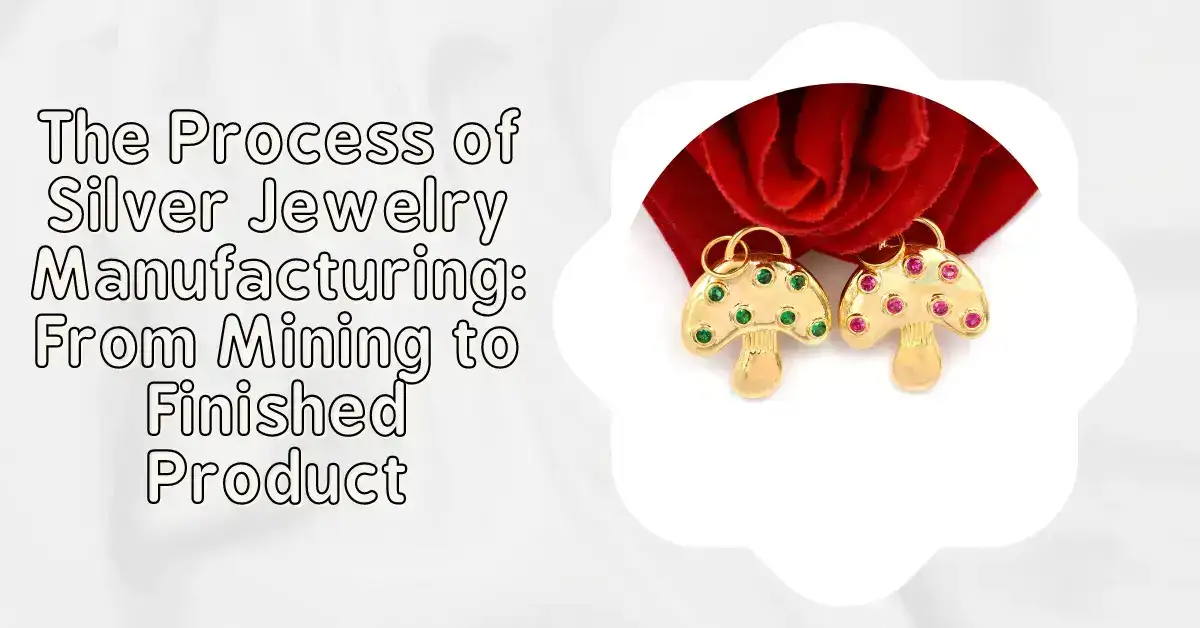
Do you want to learn how silver fine jewerly manufacturing works? Well, this blog is for you. So, prepare to delve deep into the extraordinary world of silver jewelry. It is here that ancient craftsmanship meets modern technology, and raw materials are transformed into timeless treasures. Here, we will guide you through each meticulous step of silver jewelry manufacturing, from the moment the precious metal is unearthed to the intricate process of shaping it into exquisite pieces that adorn you. So, get ready for a journey through the bowels of the Earth, where silver lies hidden, to the skilled hands of artisans who mold it into works of art. With this being said, let’s get right into it, with the first step.
1. Silver Ore Mining: The Intricacies of Silver Mining
The first step of silver jewelry manufacturing is to get the silver ore out of the ground. Therefore, our journey begins deep beneath the Earth’s surface. Here, the geologists use huge cutting-edge technology to identify promising silver deposits. In addition to this, the skilled miners, equipped with state-of-the-art machinery will extract the raw silver ore with precision. Thus, ensuring minimal environmental impact. Moreover, the miners navigate a labyrinth of tunnels, carefully extracting the ore, which is then meticulously examined for quality and purity. In recent years, technological development and specifically advances in geological mapping and surveying techniques have revolutionized the mining industry. Consequently, making the extraction process both efficient and environmentally responsible.
READ MORE:- wholesale gold jewelry
2. The Ore Refining: From Ore to Pure Silver
Here, the ore will undergo flotation to separate silver-rich particles from other minerals. Following this, the industry will use a series of chemical processes to remove impurities, leaving behind a high-grade silver concentrate.This concentrate, rich in silver content, is further processed using techniques like cyanidation and electrolysis, giving us pure silver bars or granules. It goes without saying that the purity of this silver is very crucial. Reason being that, it forms the foundation of every exceptional piece of jewelry, ensuring its brilliance and longevity.
3. Silver Alloying: Blending Brilliance with Durability
With refining out of the way, it’s time to create silver alloy. But why do we need an alloy when we have pure silver you ask? Well, there are a range of reasons. First of them being that, alloying will enhance its durability while retaining its natural shine. Moreover, one must also take in consideration that specific composition of the alloy affects the silver’s hardness, color, and resistance to tarnishing. Therefore, ensuring that the jewelry crafted from it is not only beautiful but also enduring. This step is one of the most important parts of silver jewelry manufacturing.
4. The Craftsmanship of Silver Ingots: Shaping the Foundation
Now that we have the silver alloyed, it’s time to melt and cast it in the form of pure bars or granules. Why? because it is easier for commercial activities and transportation. Coming back to the process, it demands high precision. Here, both the temperature and pouring techniques directly influence the ingot's density and structure. Resulting ingots serve as the raw material for skilled artisans, who expertly shape them into various forms, ranging from thin sheets to intricate wires. Now we are done with the manufacturing part, let’s move to the next where we shall turn the raw material into a piece of art.
5. Fine Jewelry Manufacturing: Designing Your Unique Piece
It’s time to start fine jewerly manufacturing. Theoretically it will start with a vision, which is then translated into detailed sketches by talented designers. These fine jewerly designs, often inspired by nature, culture, or personal stories, serve as the blueprint for the jewelry piece. New age designers often take help of Computer-Aided Design (CAD) software to create advanced designs. This process is actually longer than the manufacturing one. So, let’s bring the design to life in the last process.
6. Precision Casting and Finishing: Bringing Designs to Life
With the design ready, there’s only one thing left to do, bring it to life. So, we start with the process of precision casting commences. Here, the expert craftsmen create wax models of the approved designs and capture even the most intricate details.Then these models are encased in plaster, forming molds into which molten silver is carefully poured. It goes without saying that the casting process demands extraordinary skill and precision to ensure the silver fills every crevice of the mold. Thus, preserving the design's integrity. Following the casting process, the jewelry pieces undergo meticulous finishing. This includes smoothing, polishing, and buffing. This is done in order to bring out the silver's natural brilliance. Skilled artisans add intricate engravings or delicate filigree work, further enhancing the piece's beauty and uniqueness. And with this, we are done with the silver jewelry manufacturing process.
READ MORE:- buy bangles in bulk
Conclusion
Are you interested in fine silver jewerly manufacturing? Well, in this blog we discussed every step related to the same. It goes without saying that it takes a lot of skill, technology, and time to bring silver from its ore state to something that can add to your beauty and glory. And with this said, it’s time to conclude the blog.
FAQ
Q1: What is the First Step in Silver Jewelry Manufacturing?
A1: The initial step involves silver ore mining, where skilled miners extract raw silver ore from deep underground, utilizing advanced machinery and environmentally responsible techniques.
Q2: Why is Silver Alloying Important in Jewelry Manufacturing?
A2: Alloying enhances silver’s durability while preserving its natural shine. Common alloys like copper and zinc are blended by master metallurgists to create a balance between malleability and strength, ensuring the crafted jewelry is both beautiful and enduring.
Q3: What is the Role of Artisans in Shaping Silver Jewelry?
A3: Skilled artisans use silver ingots, created from the alloyed silver, shaping them into various forms, from thin sheets to intricate wires. They meticulously craft the silver, adding finishing touches like smoothing, polishing, and intricate engravings to enhance the piece's beauty.
Recent Posts
Related products
14K Yellow Gold Citrine Enhancer Beads Chain Manufacturer
14K Yellow Gold Initials Two Name Nameplate Necklace USA
14K Rose Gold Vermeil Script Enamel Nameplate Necklace Jewelry Manufacturer
14K Rose Gold Bling Script Enamel Nameplate Necklace Manufacturer
14K Yellow Gold Amir Cursive Letters With Cubic Zircon Necklace Jewelry Supplier
14K Rose Gold Moissanite Layering Chain Necklace Jewelry Manufacturer
14K Yellow Gold Pink Quartz Gemstone Beaded Thread Necklace Jewelry Manufacturer
14K Yellow Gold Multi Gemstone Puff Initial Necklace Manufacturer
14K White Gold Chain with Lobster Lock Necklace Jewelry Supplier
Private Label 14K Yellow Gold Filled 1 Inch Cross Necklace Jewelry
14K Yellow Gold Circle Disc Star & Moon Pendant Necklace Manufacturer
14K Yellow Gold Sun With Moon And Star Charm With Cable Rope Chain Jewelry Supplier
14K Yellow Gold 3-D Nefertiti Pendant With Cable Rope Chain Neaklase Manufacturer
14K Yellow Gold High Polish Round Disc Adjustable Necklace Manufacturer
14K Yellow Gold Cut-Out Letter Initial Square Tile Pendant Necklace USA
Wholesale 14K Yellow Gold Heart Pendant Chain Necklace Jewelry
14K Yellow Gold Moon And Star Layered Necklace Jewelry Supplier
Contact Us For Custom Jewelry
Please get in touch with us and share your ideas if you have personalized jewelry or are searching for a private label jewelry manufacturer. In accordance with your suggestions, we will make and present genuine jewelry.
Drop Us a Line
Scan QR Code
for immediate contact






















